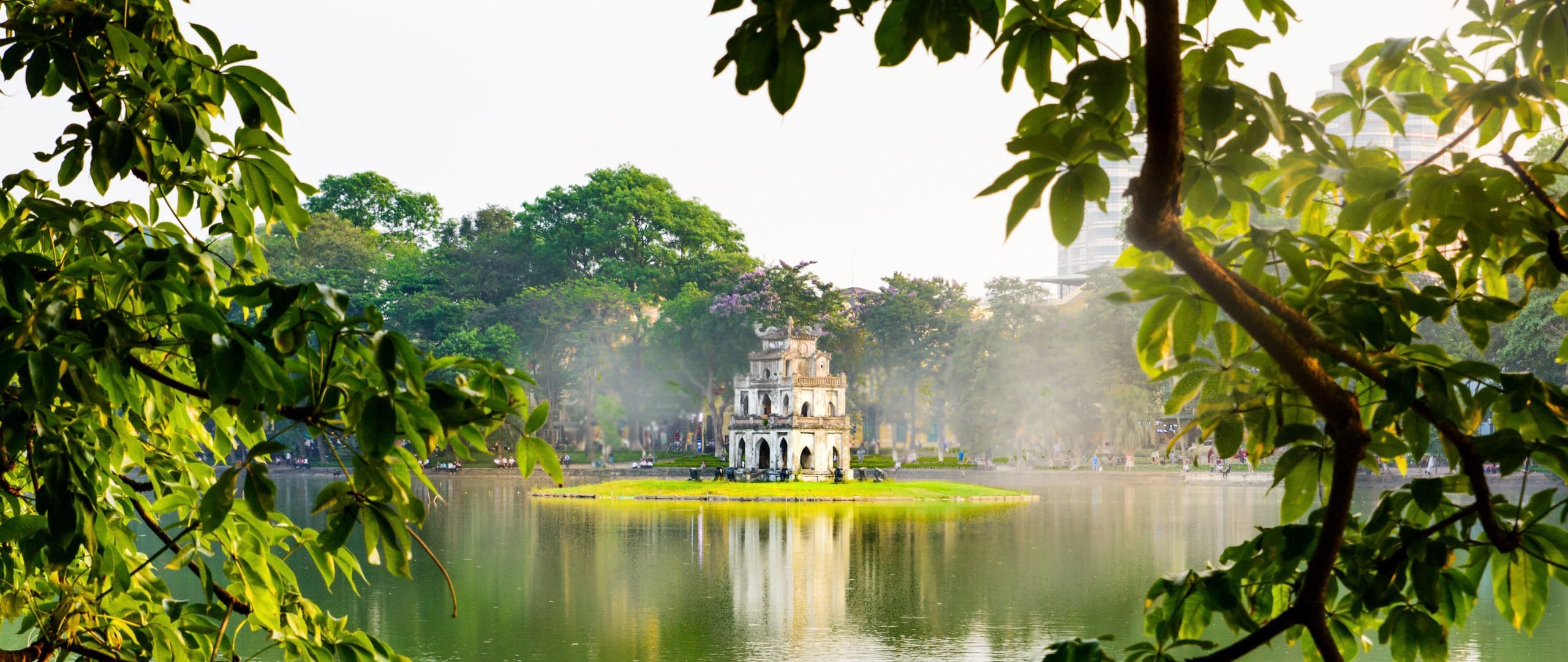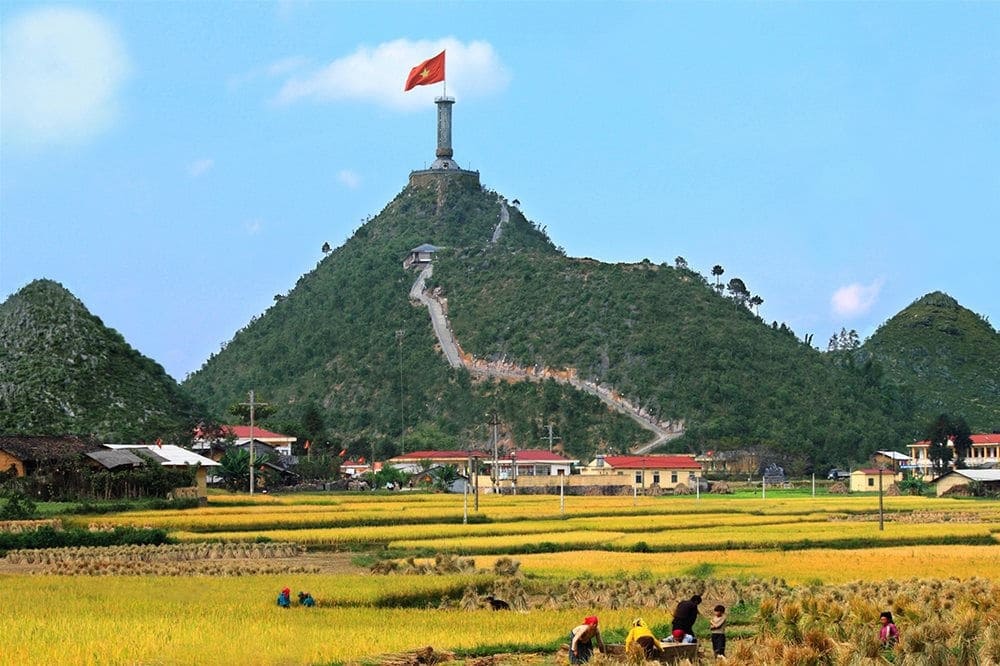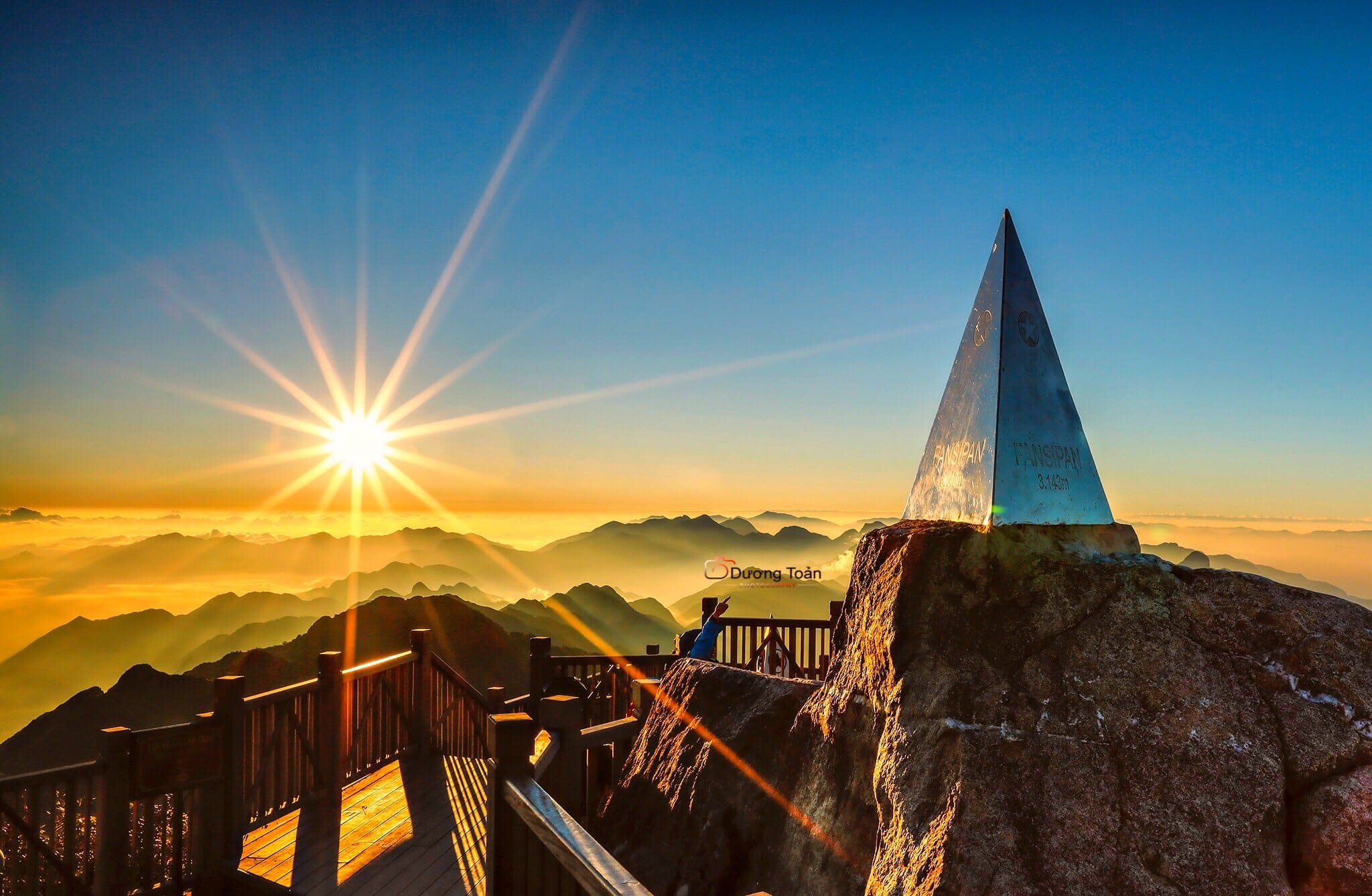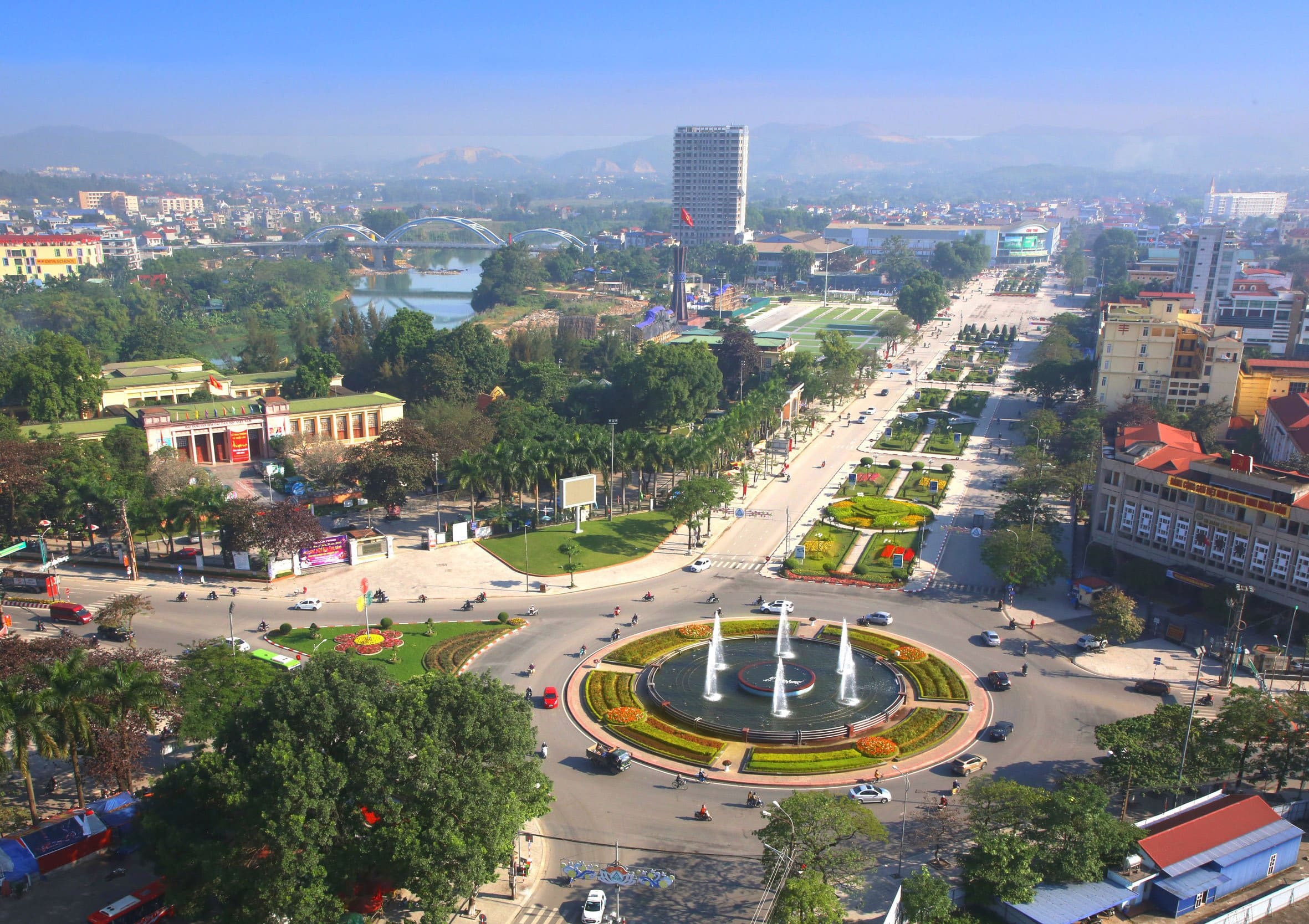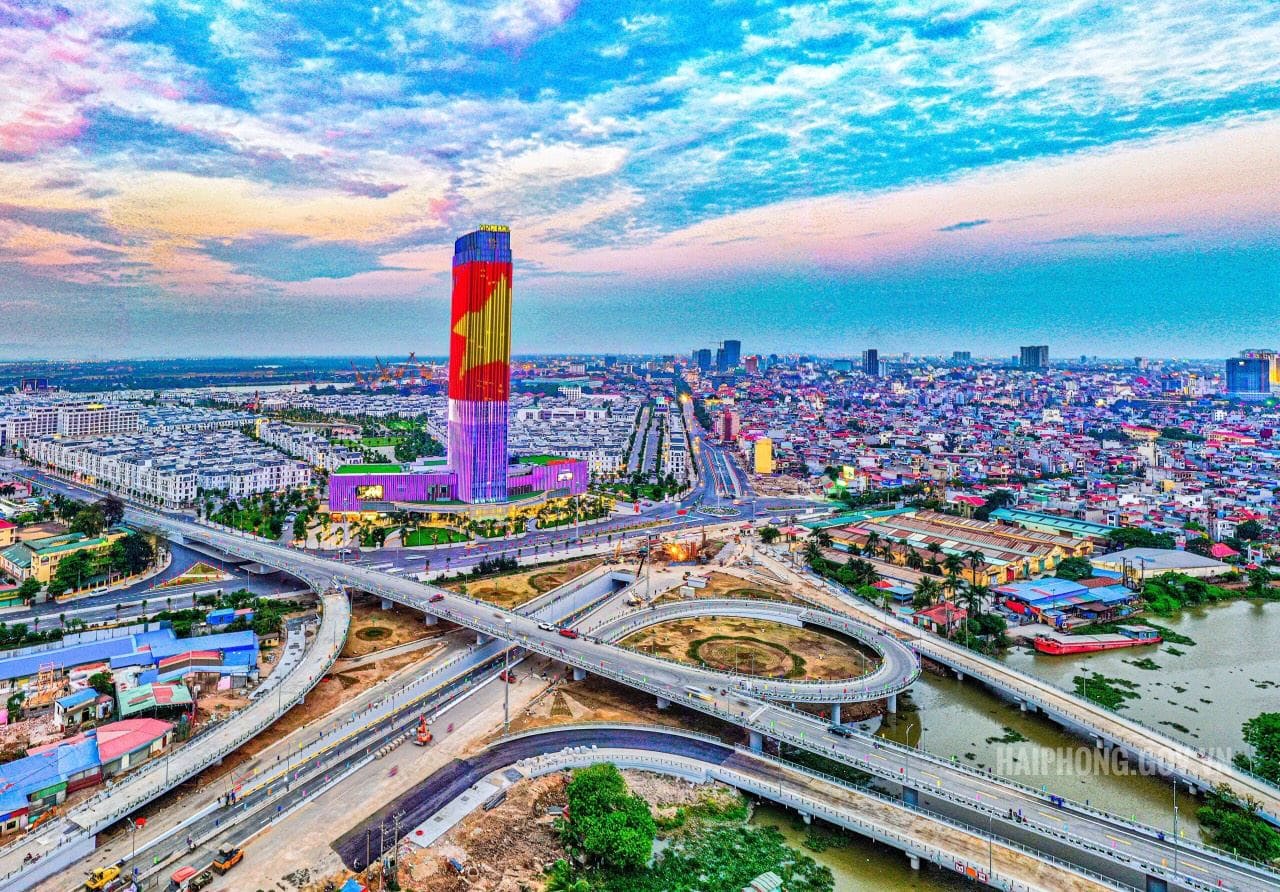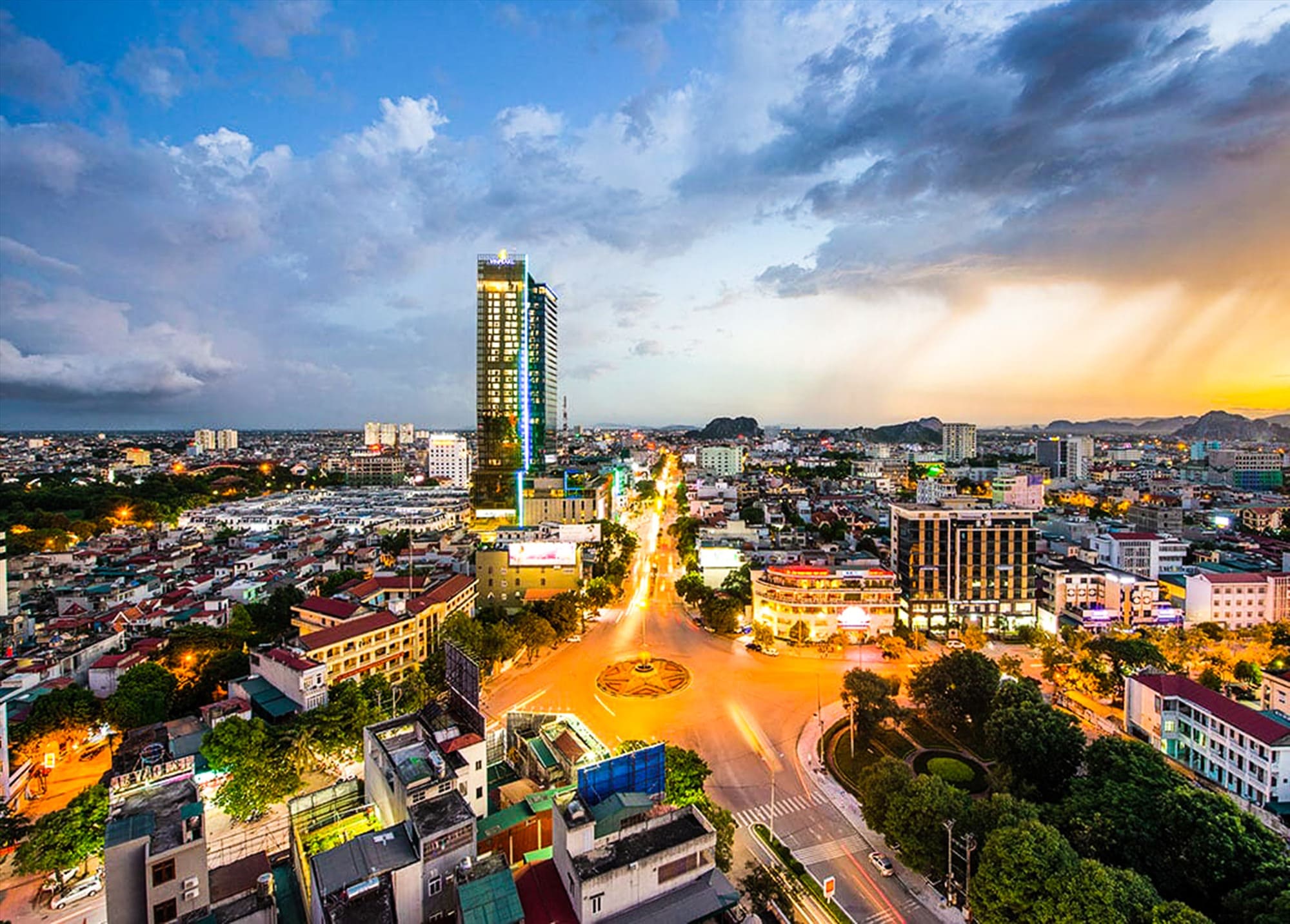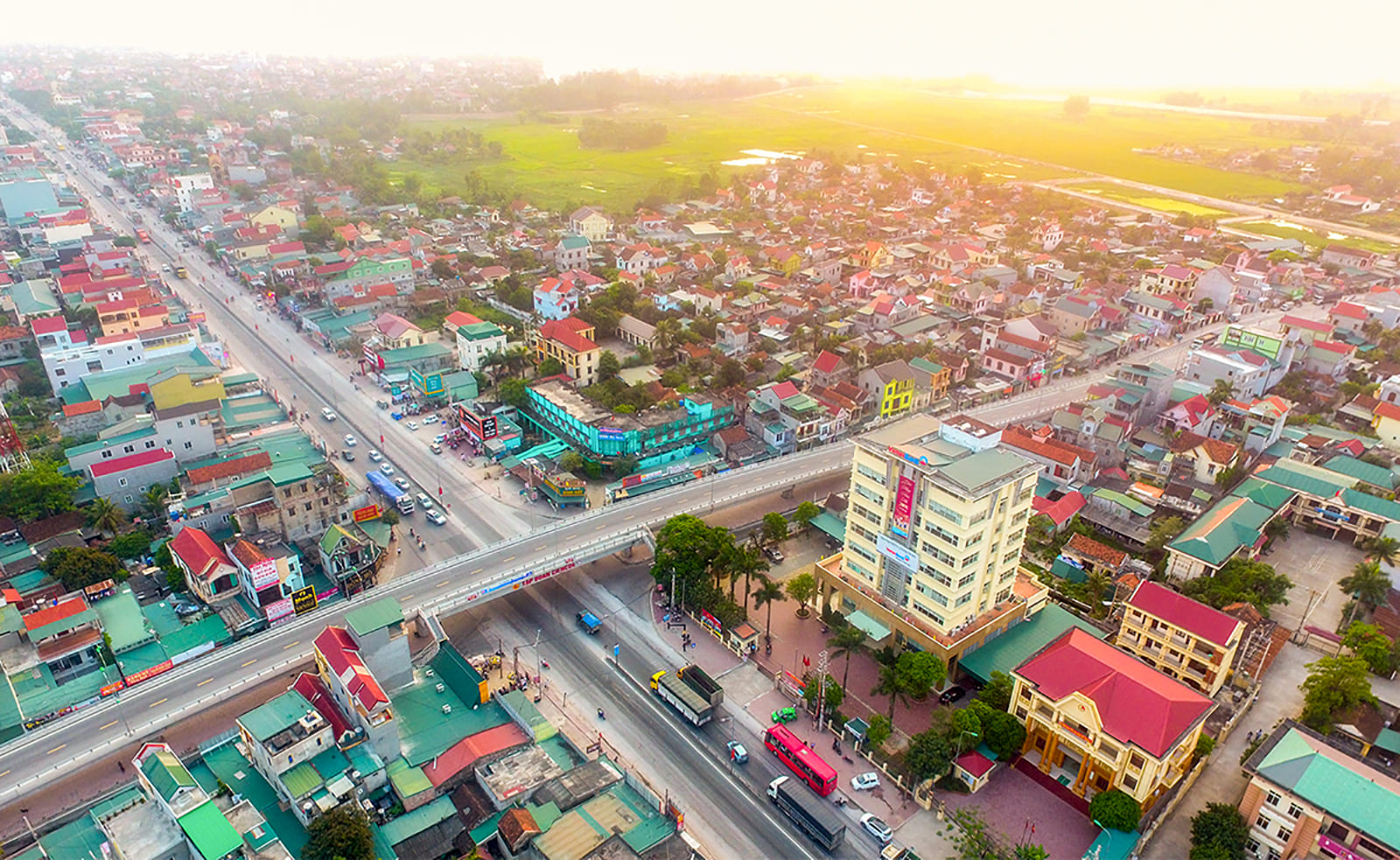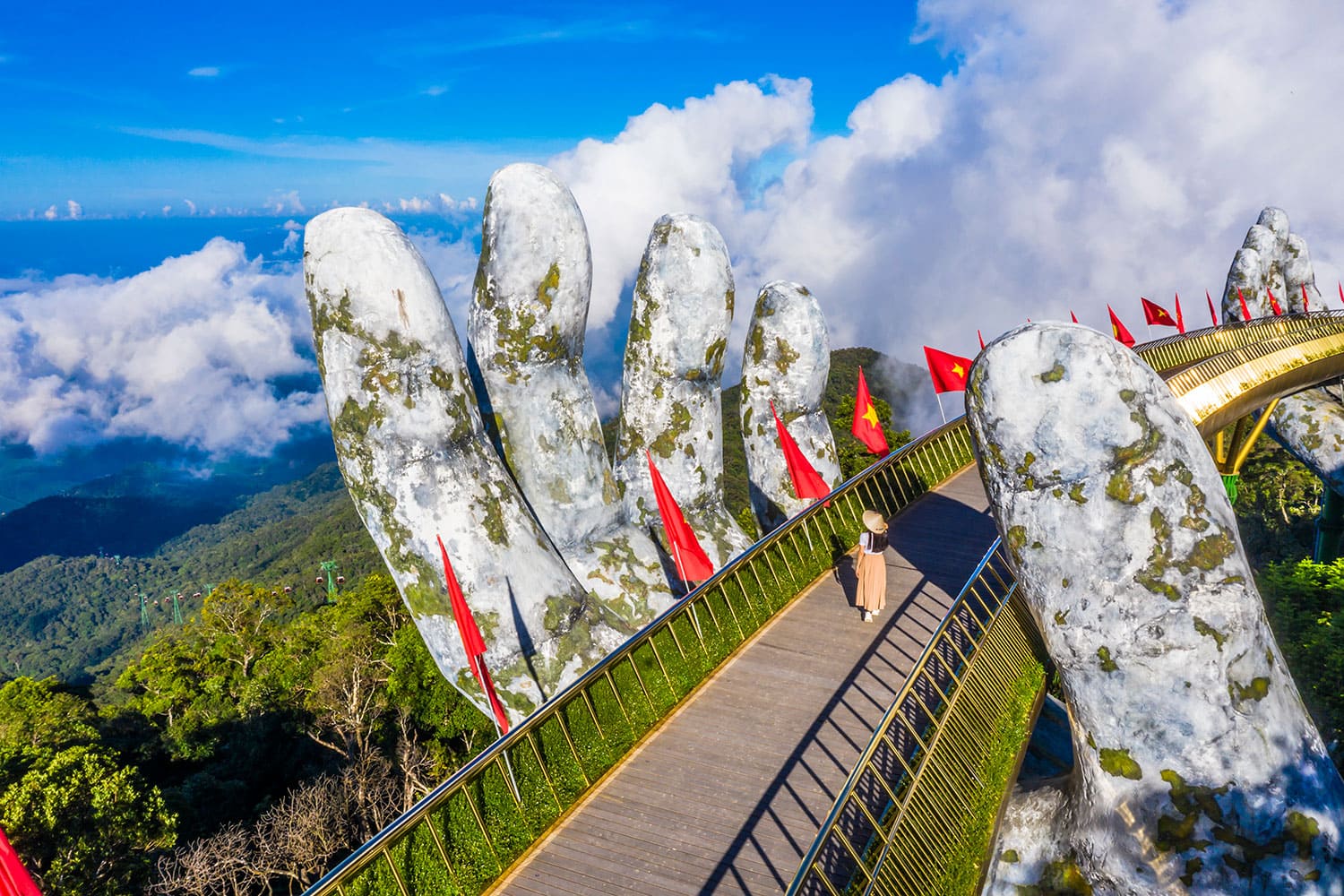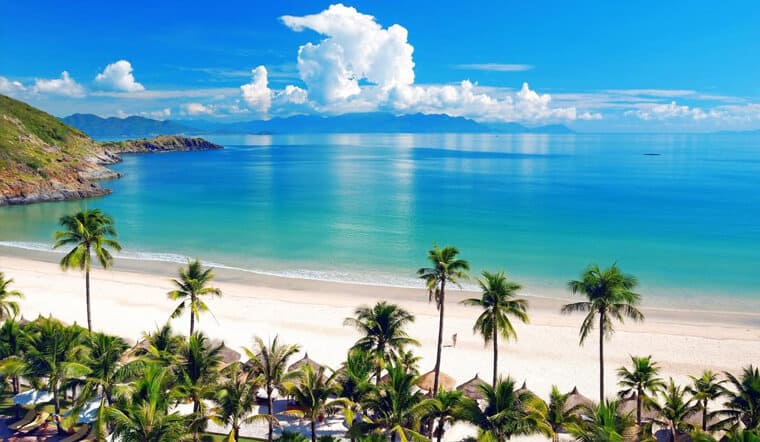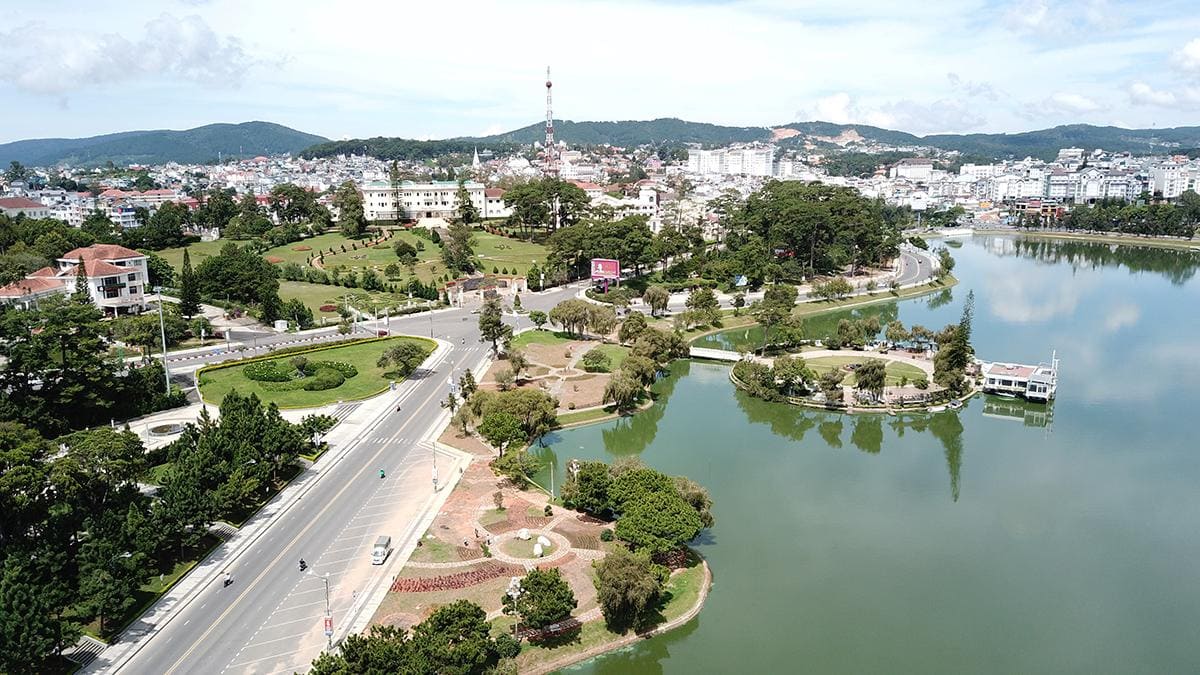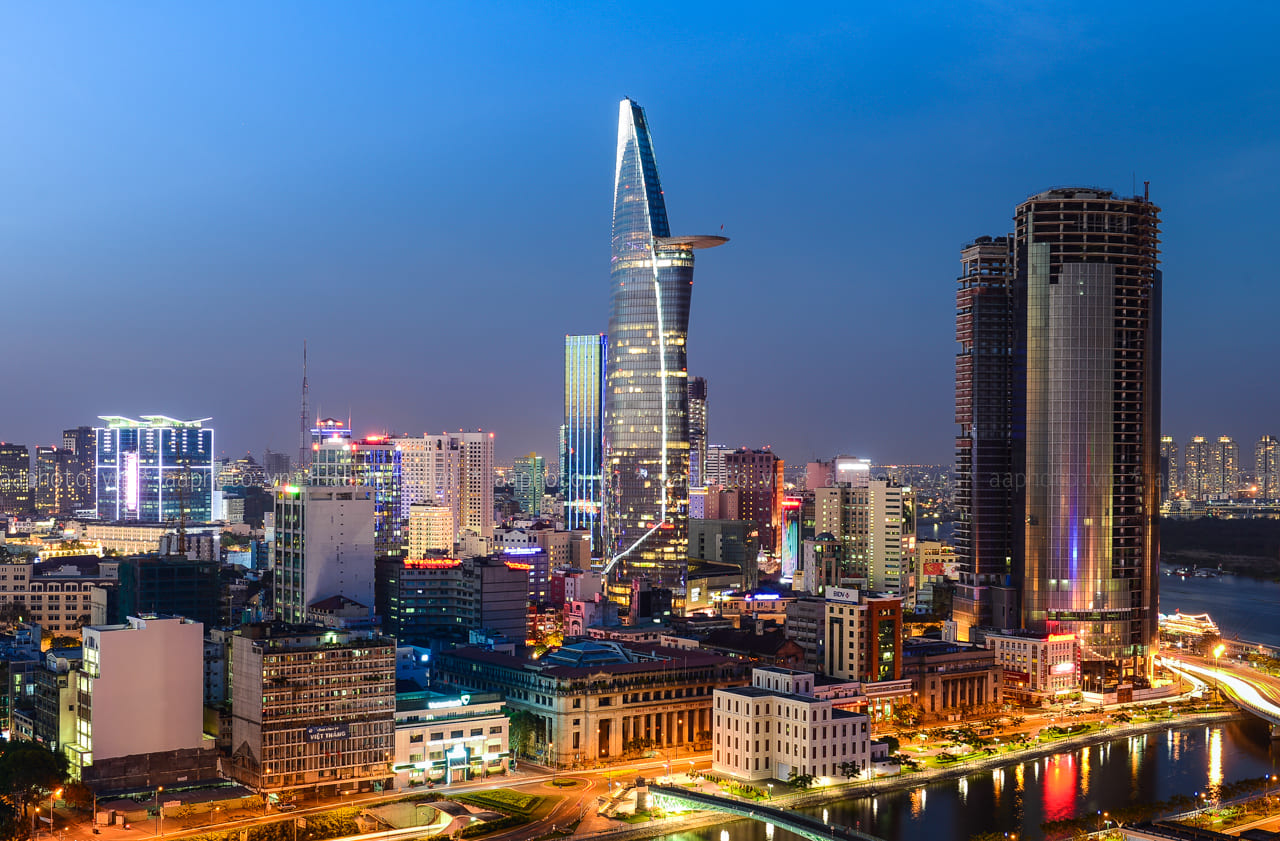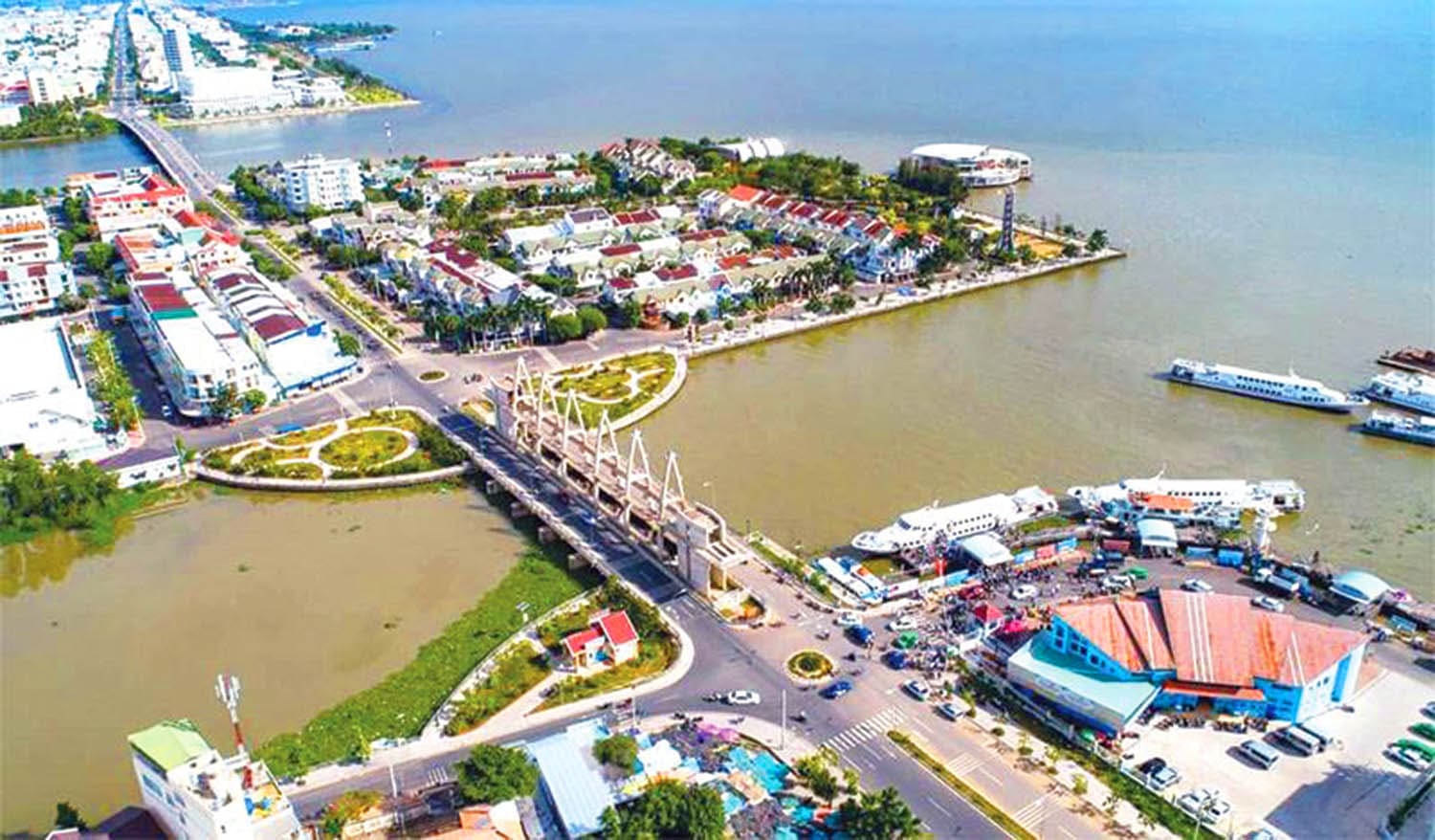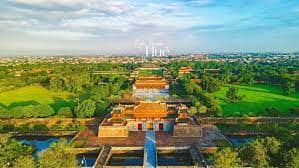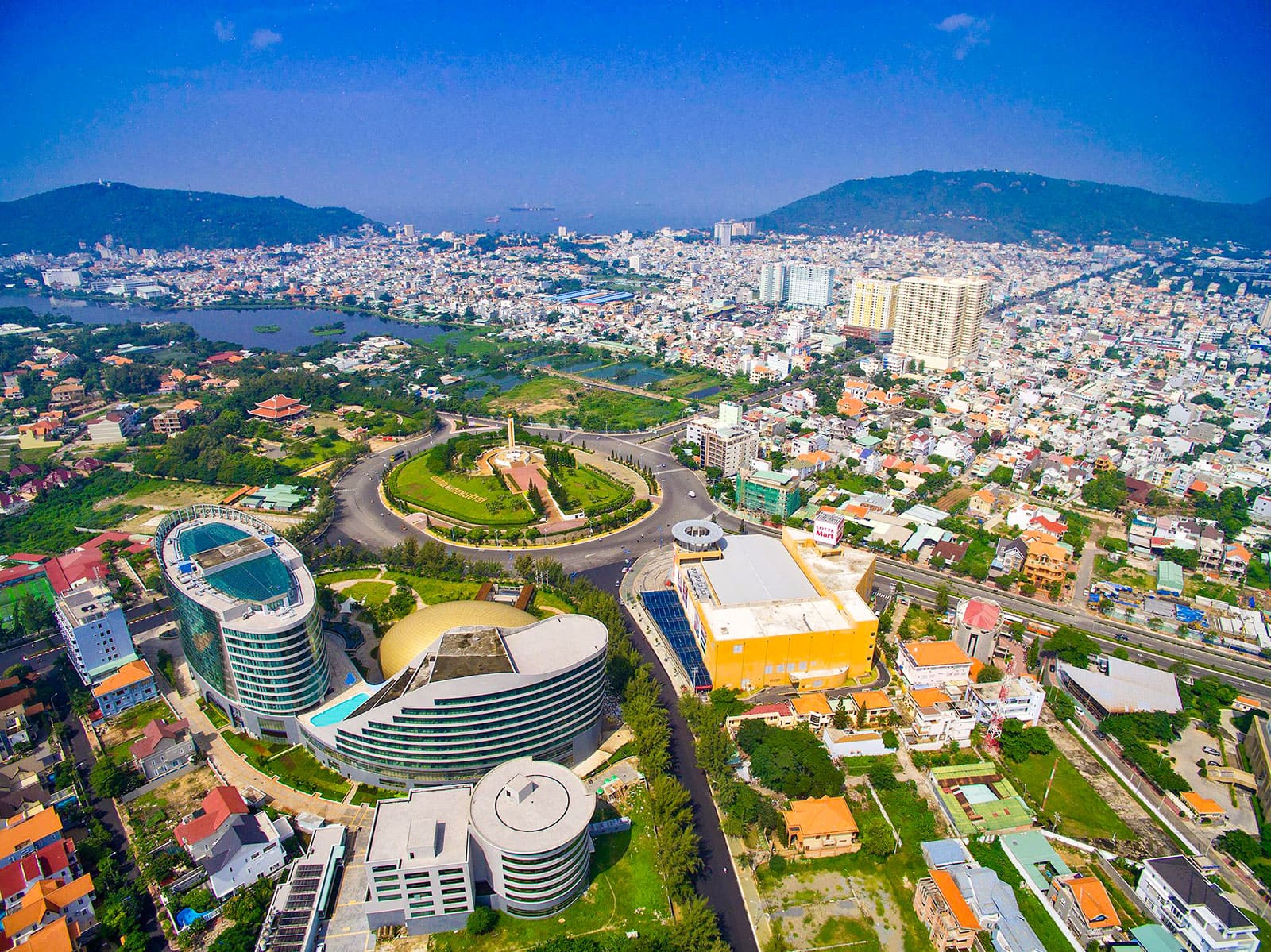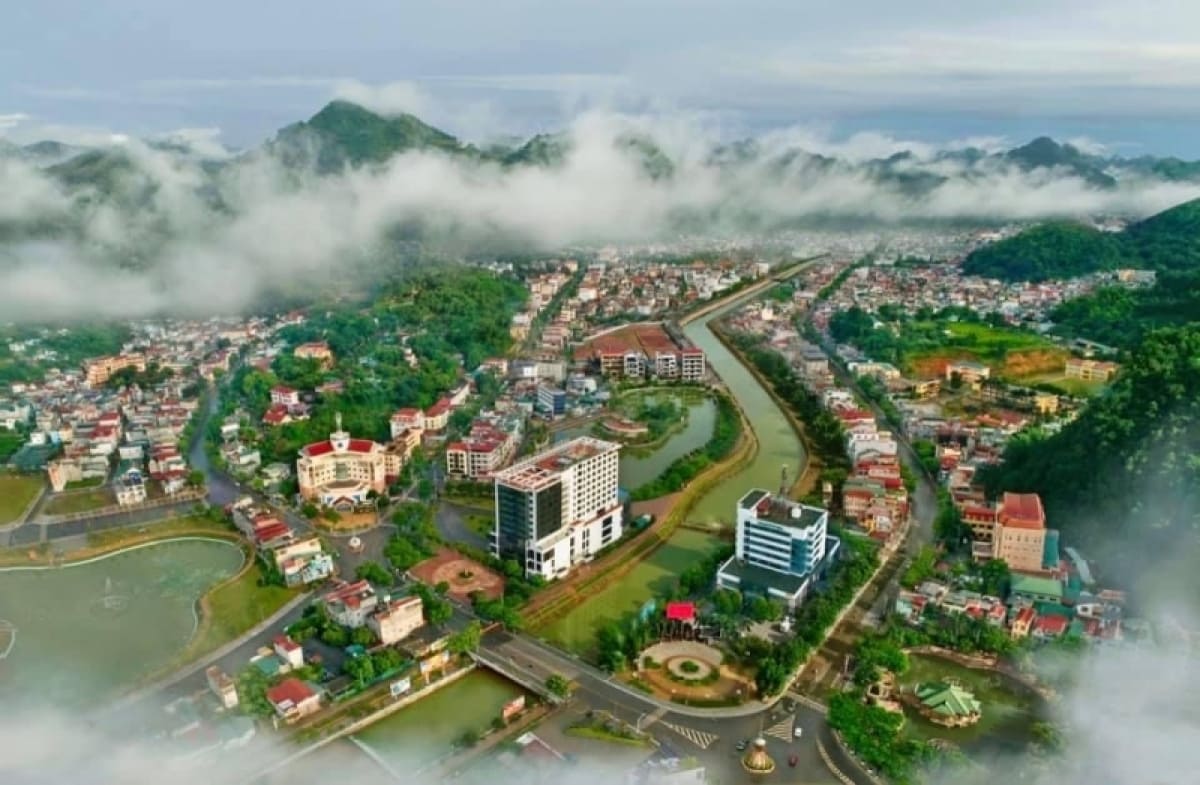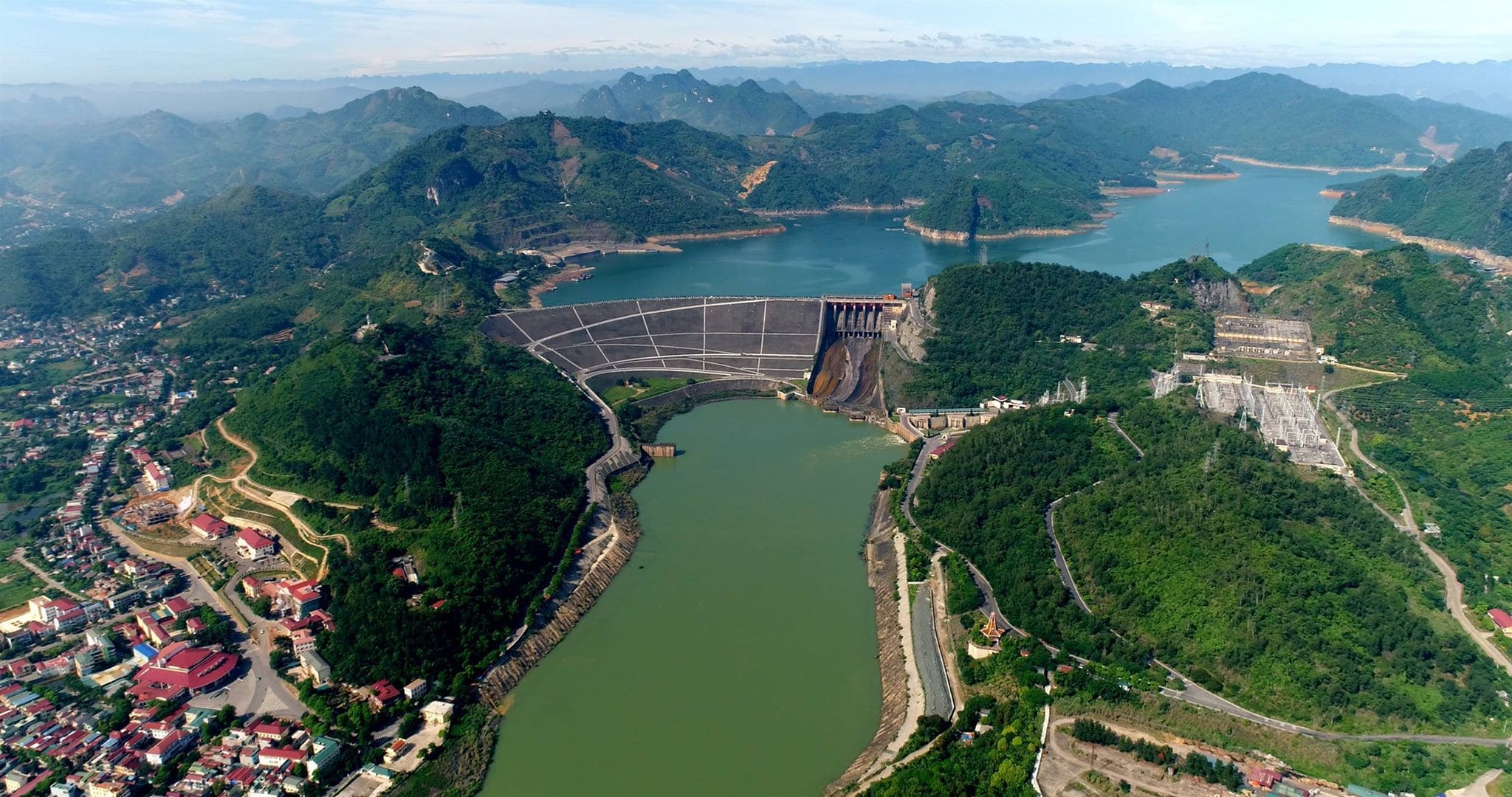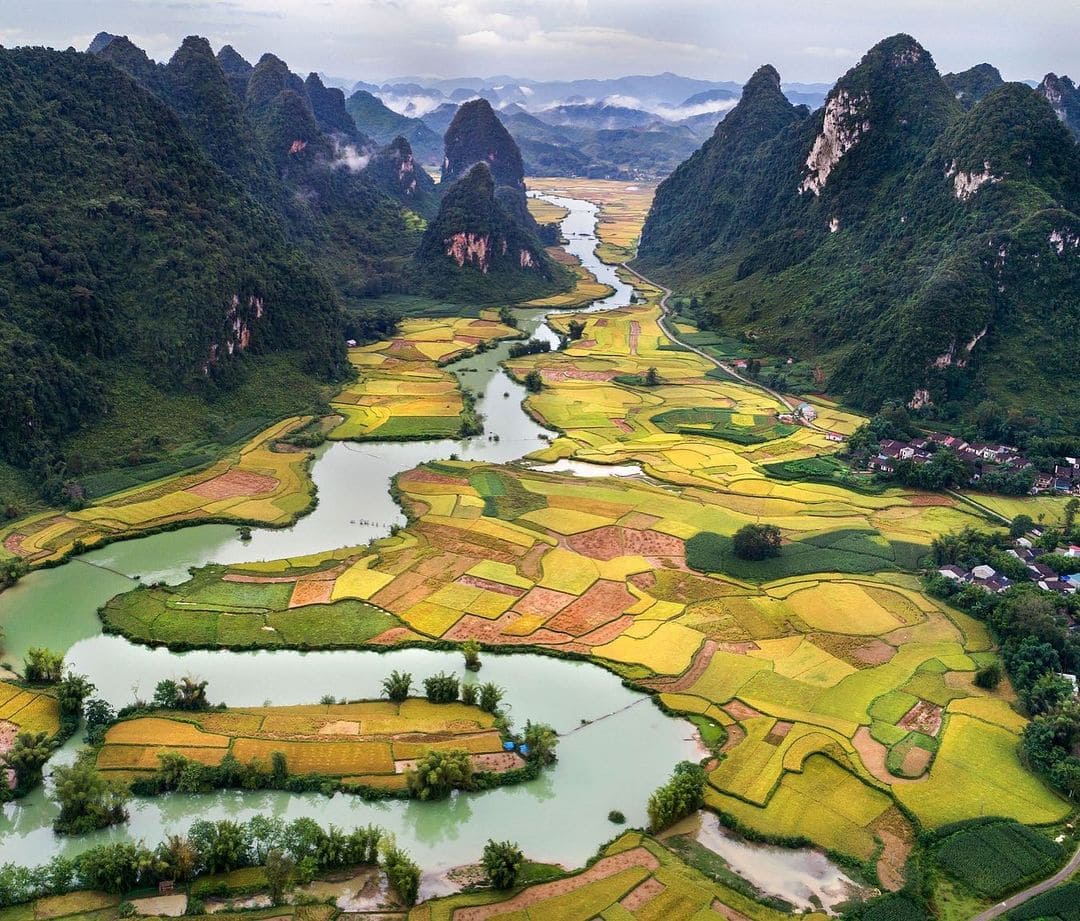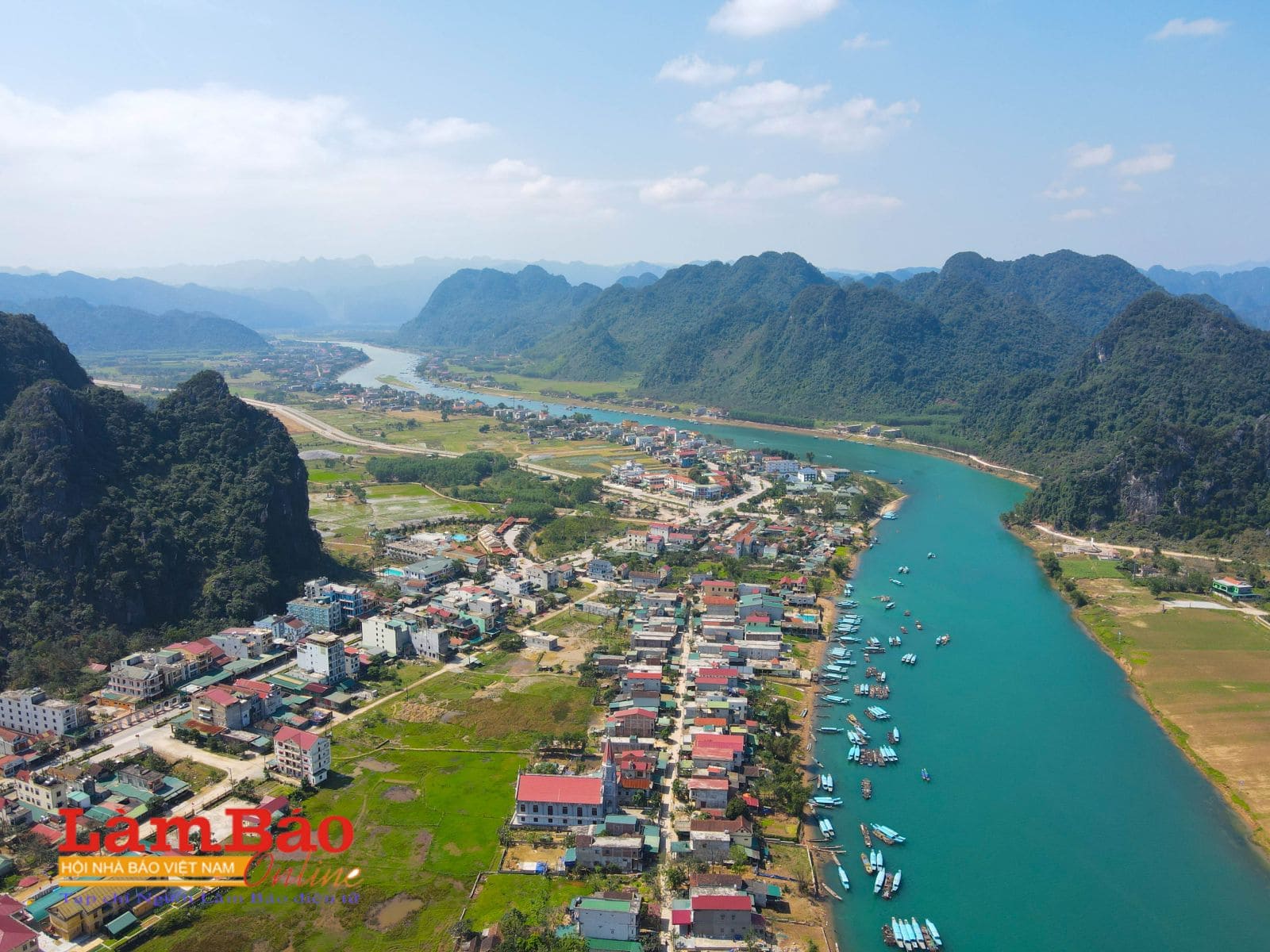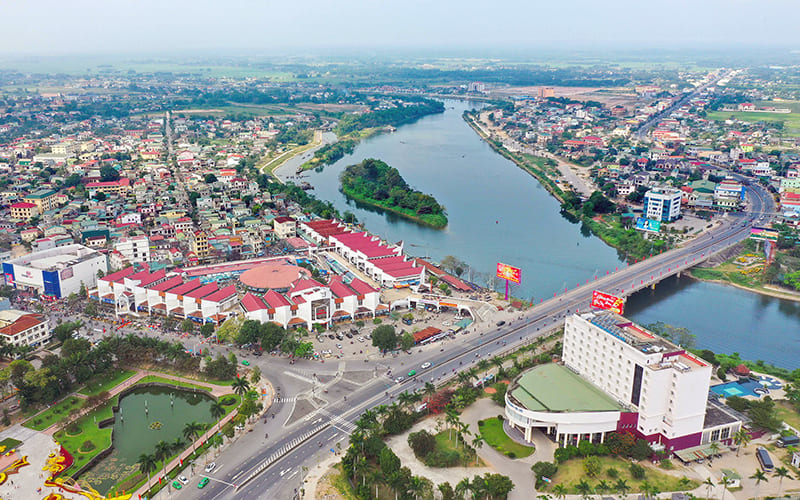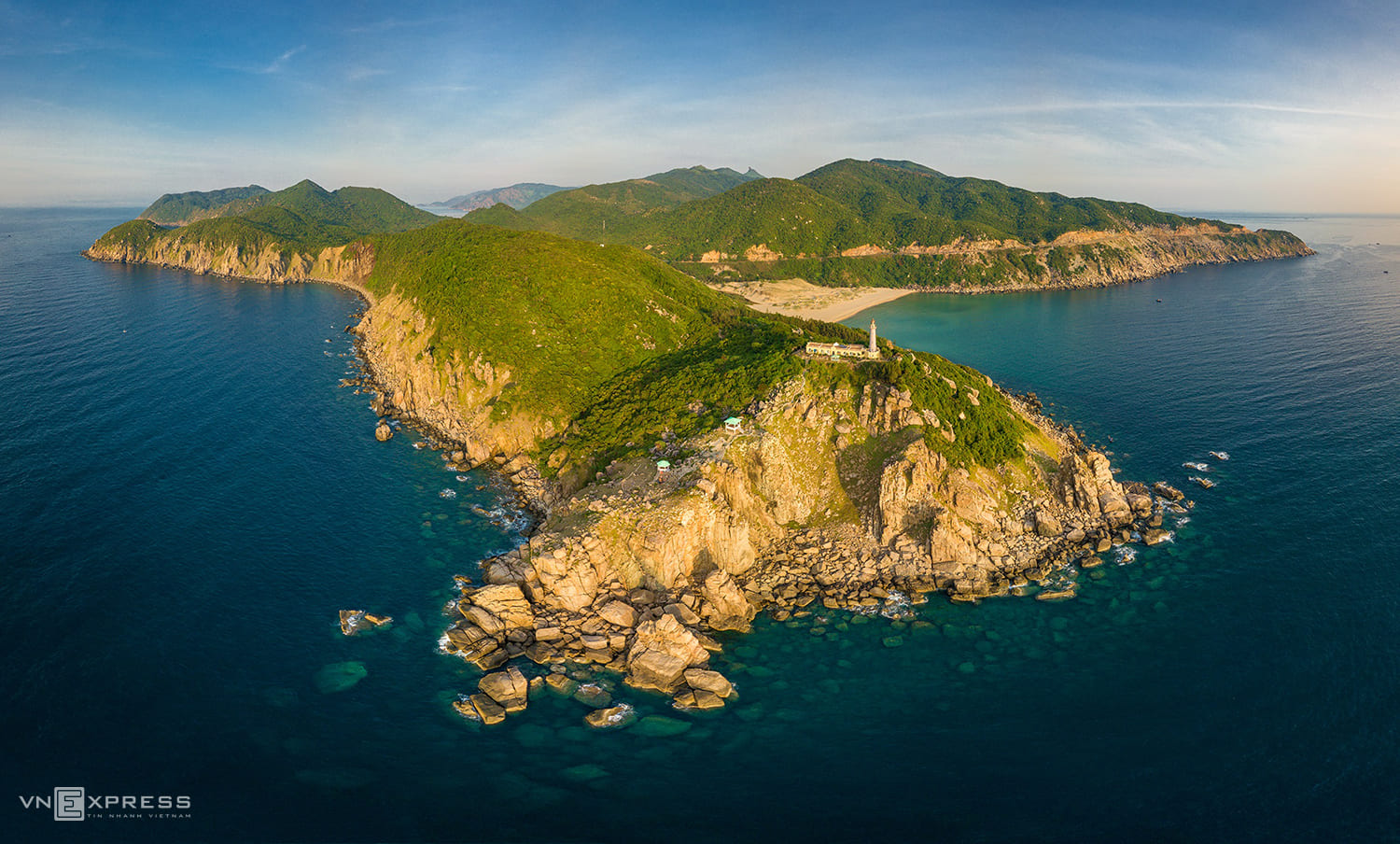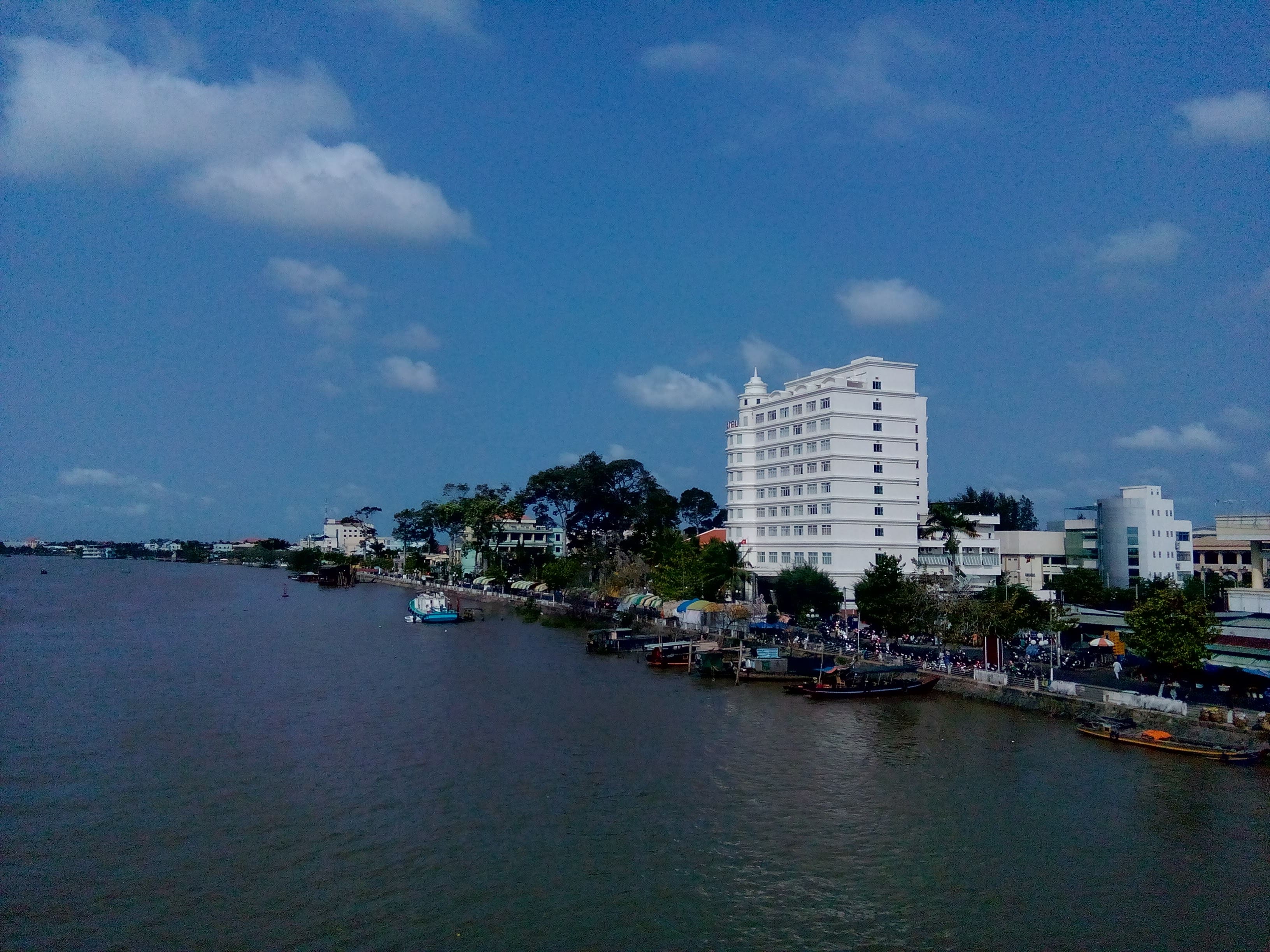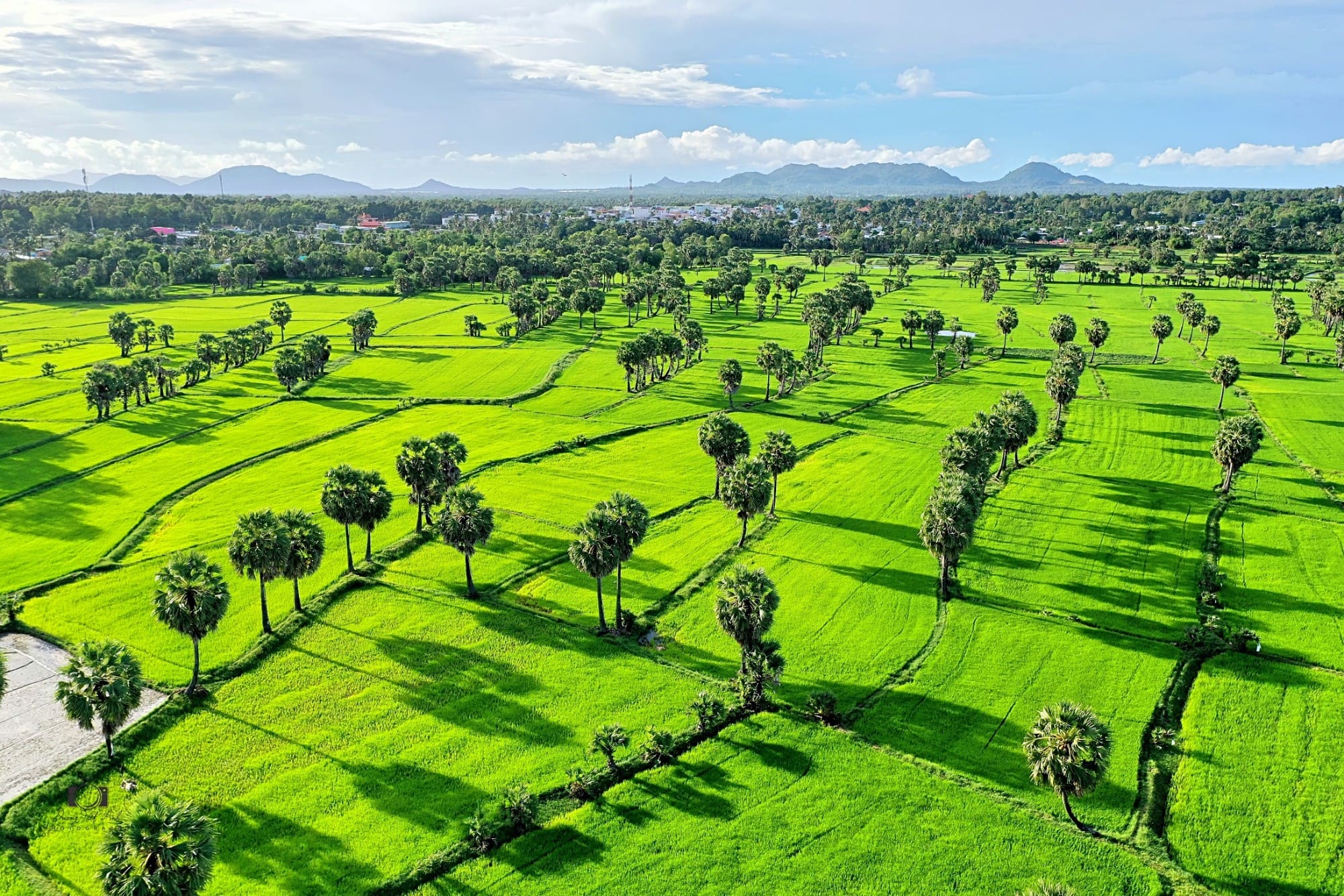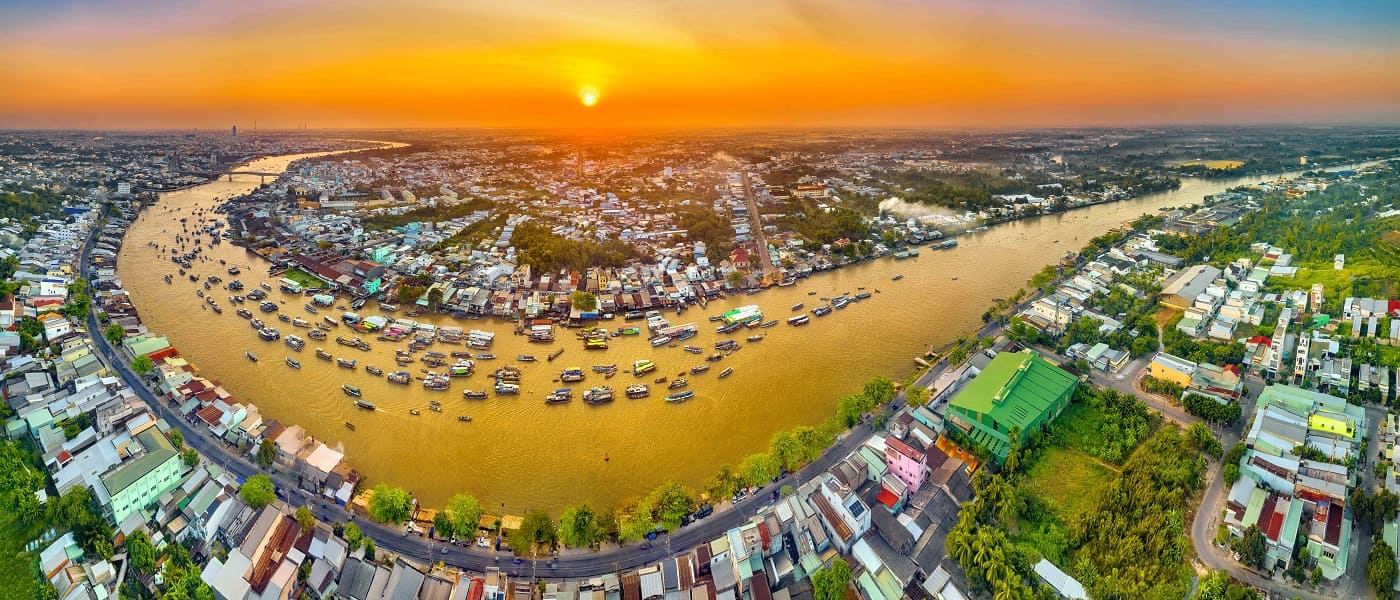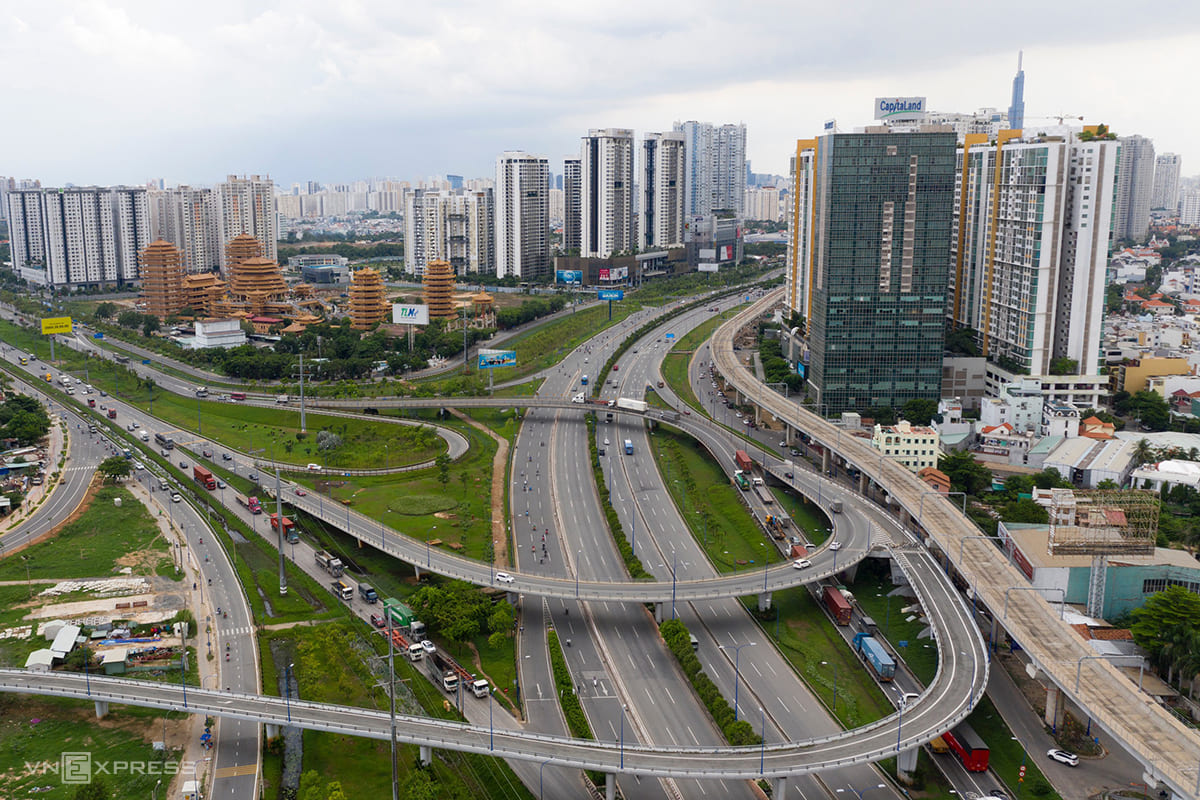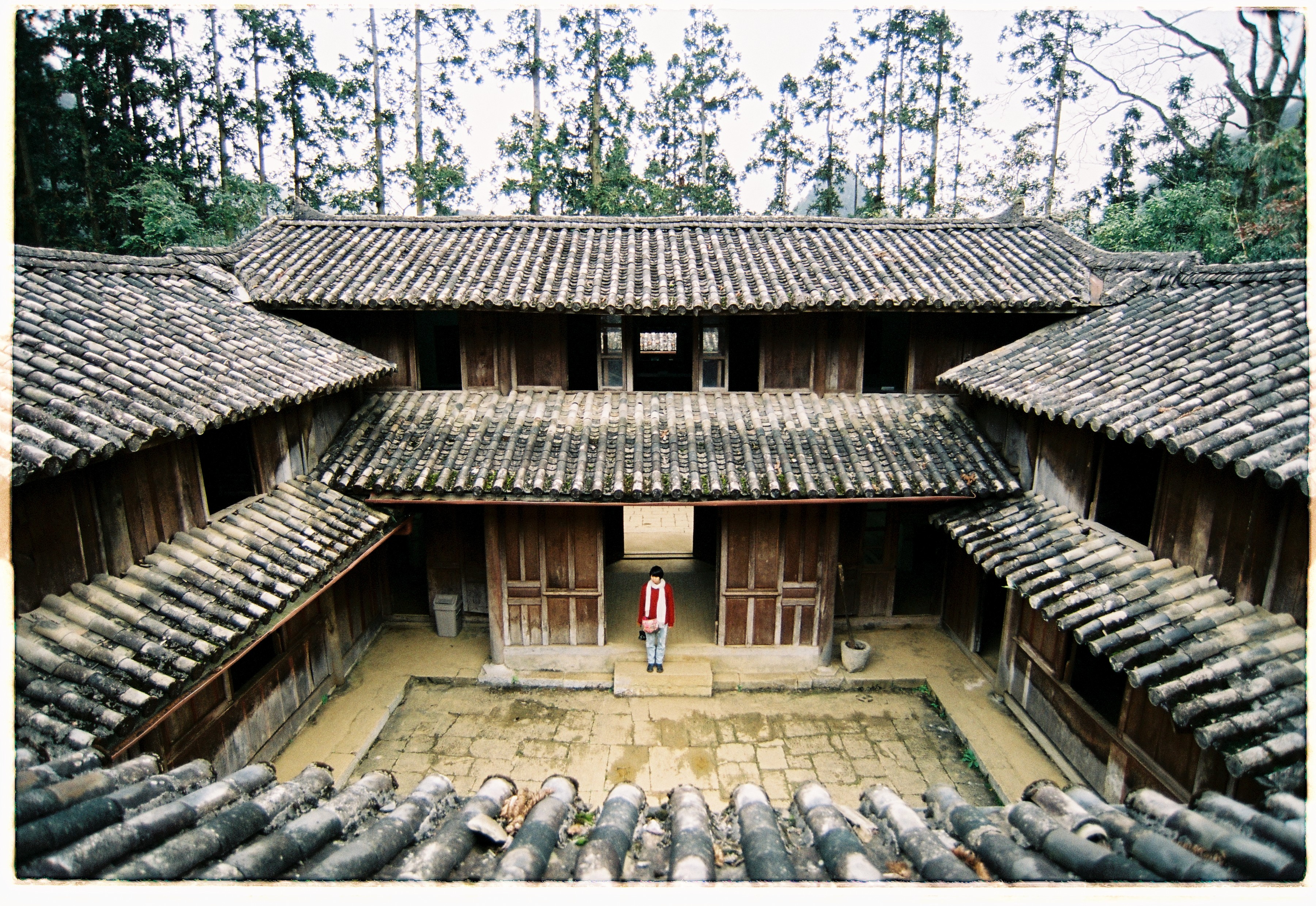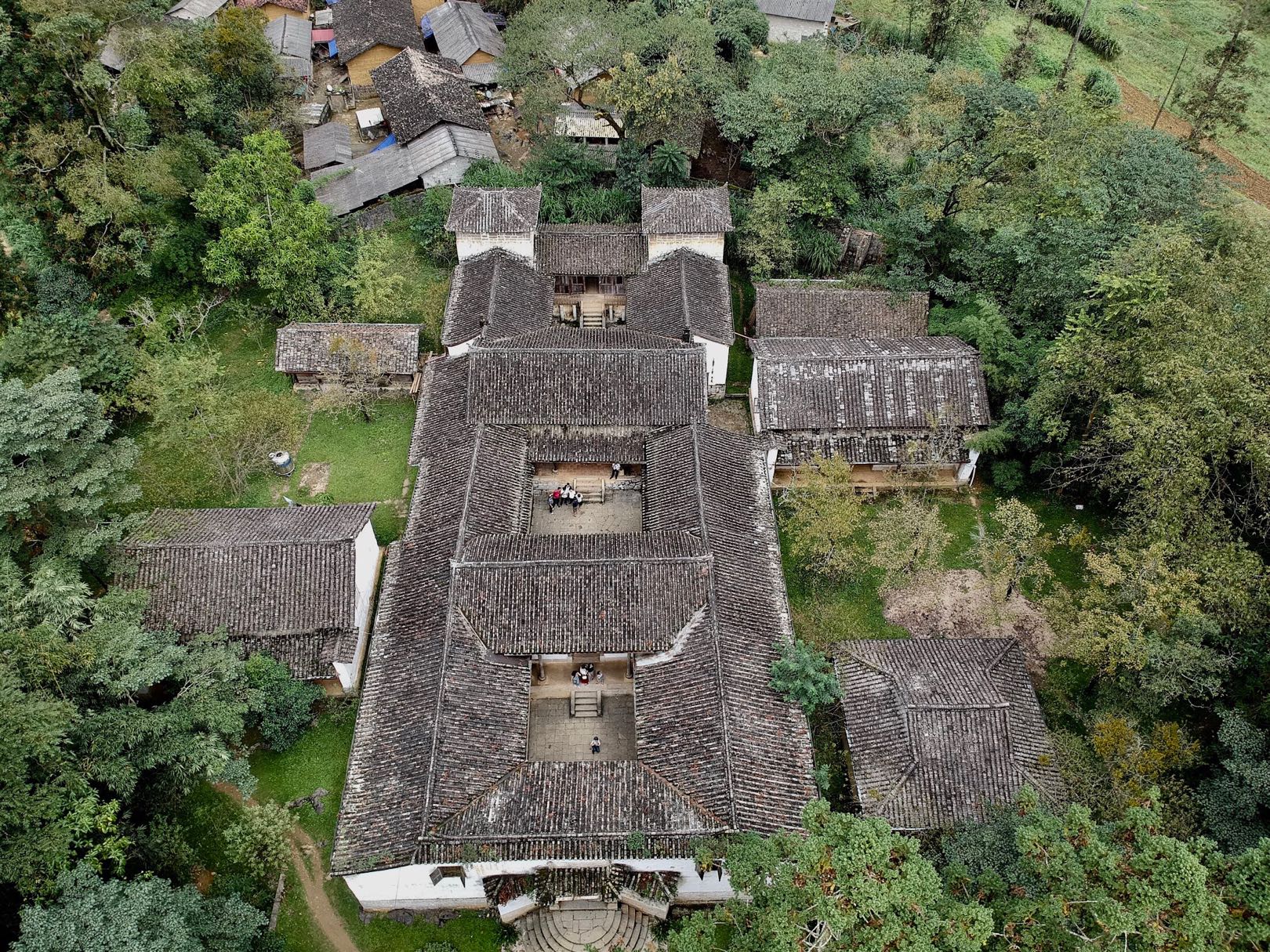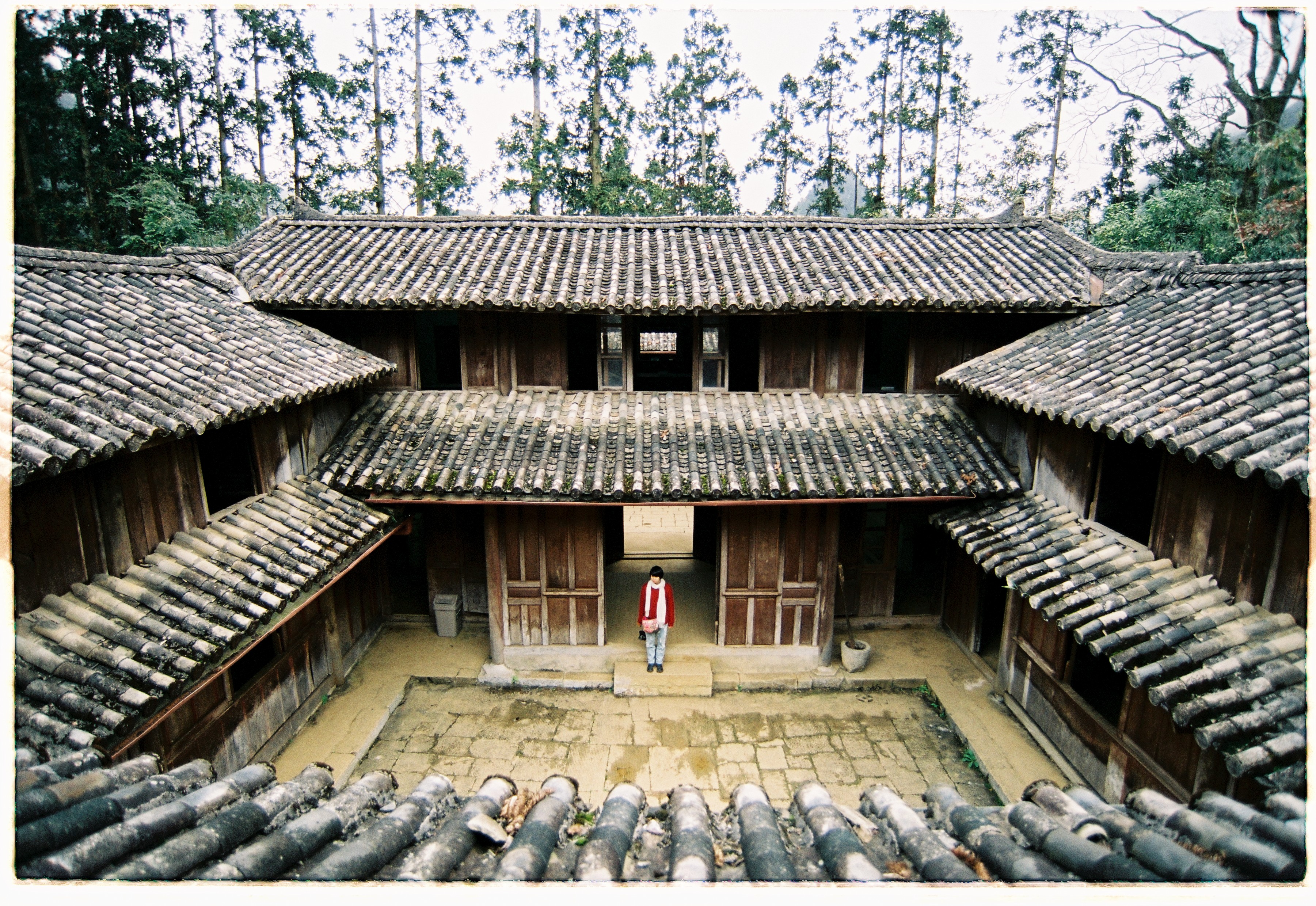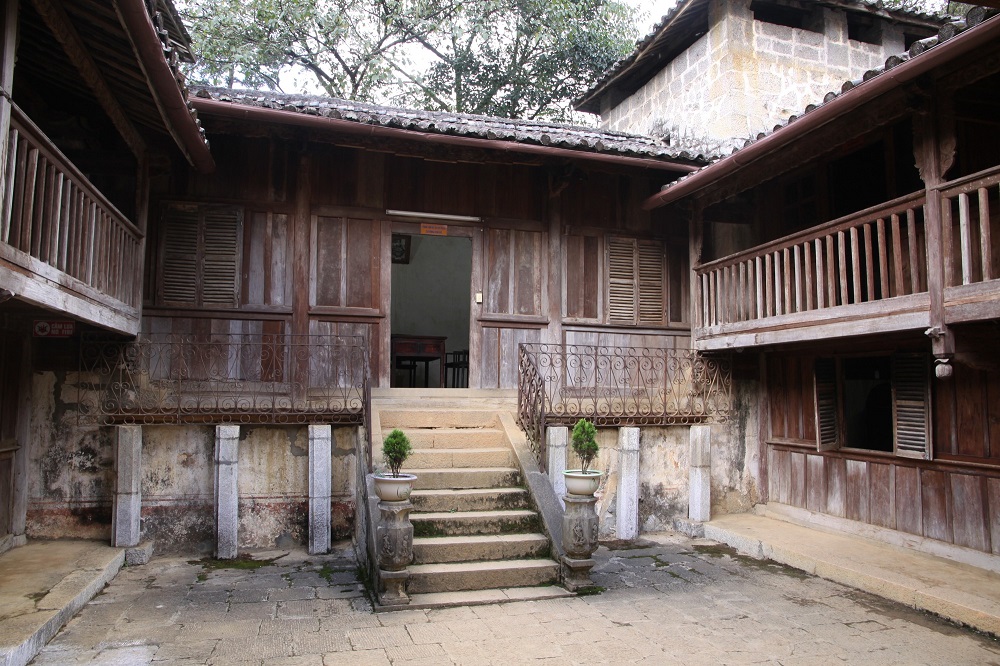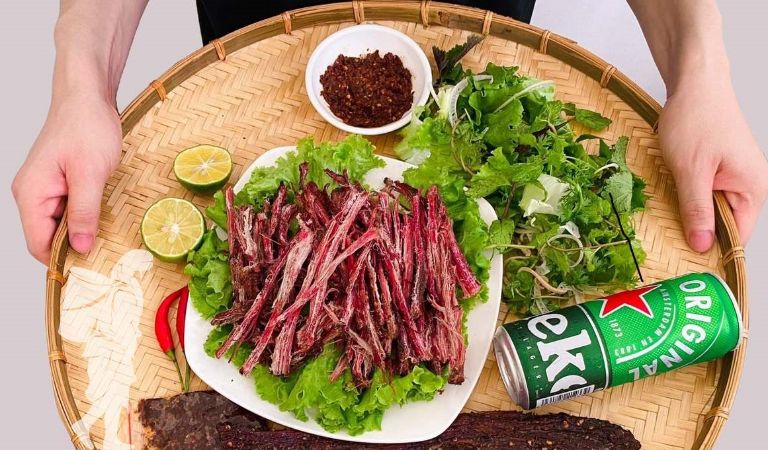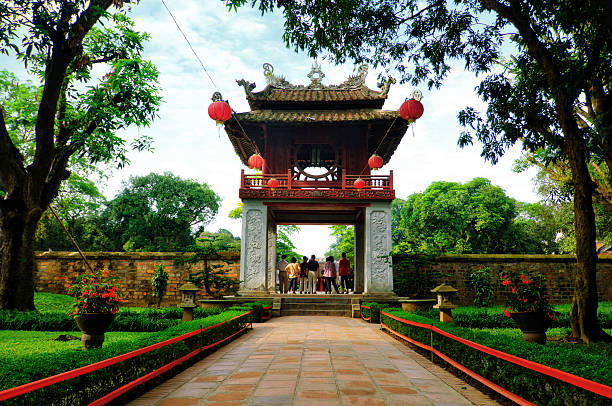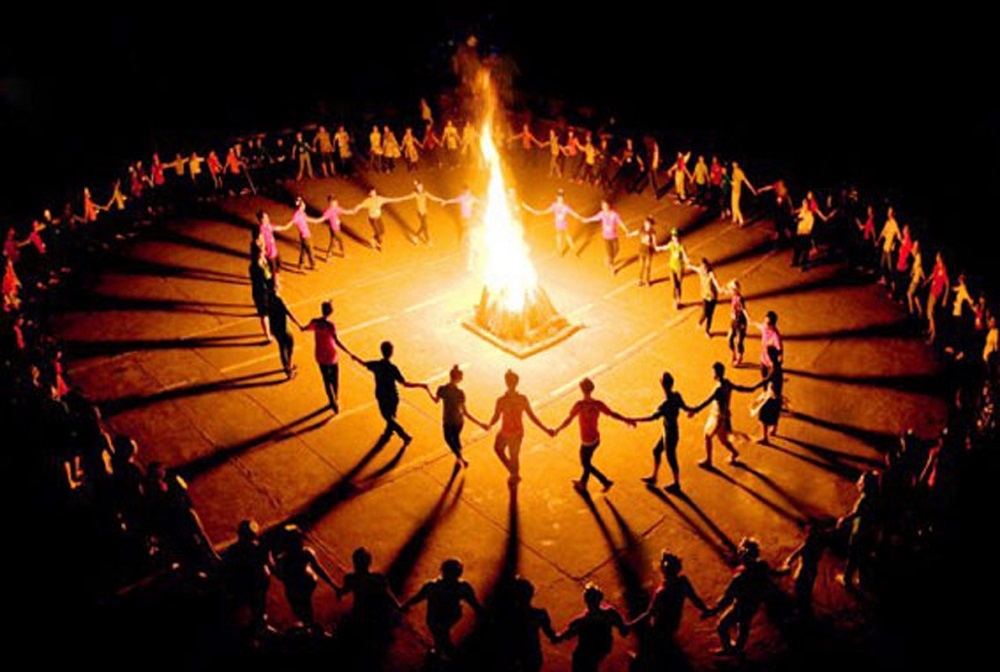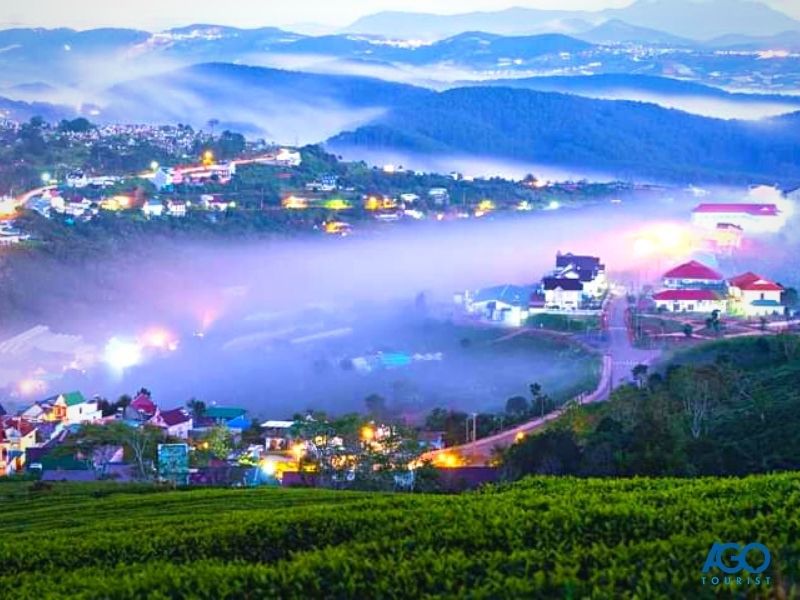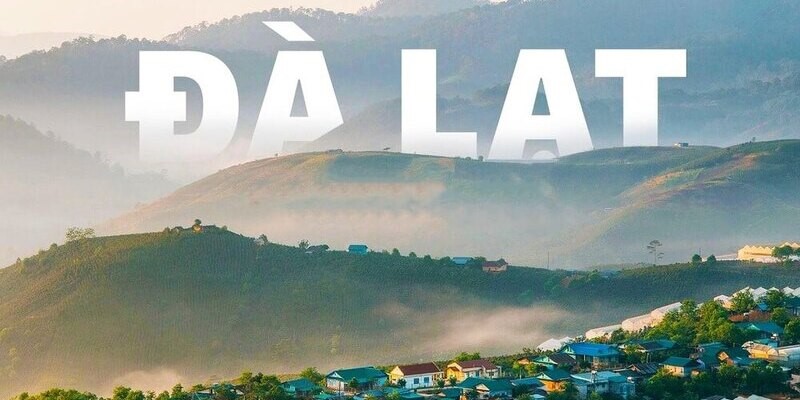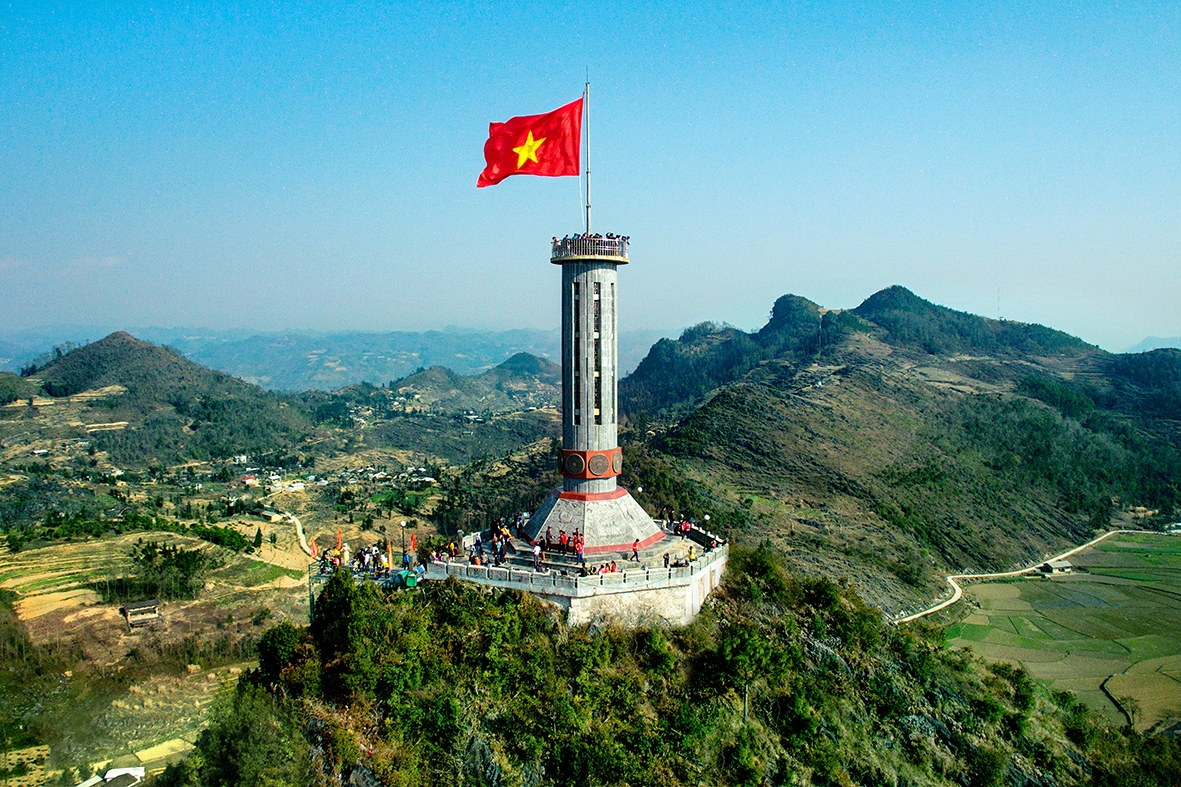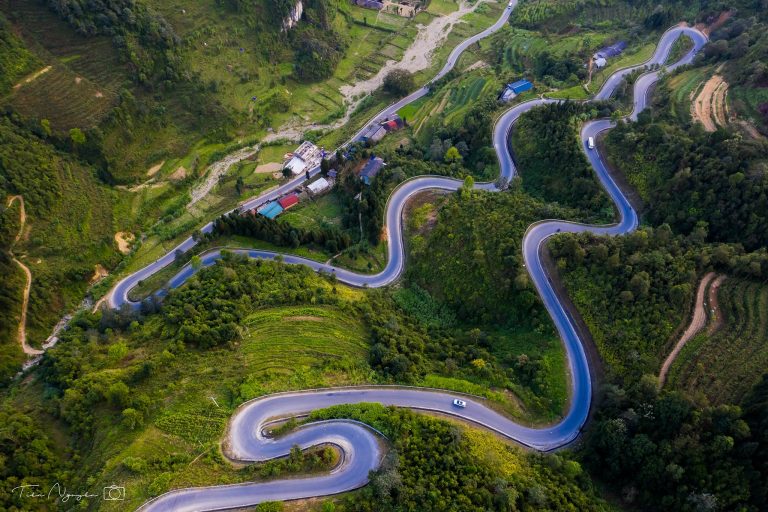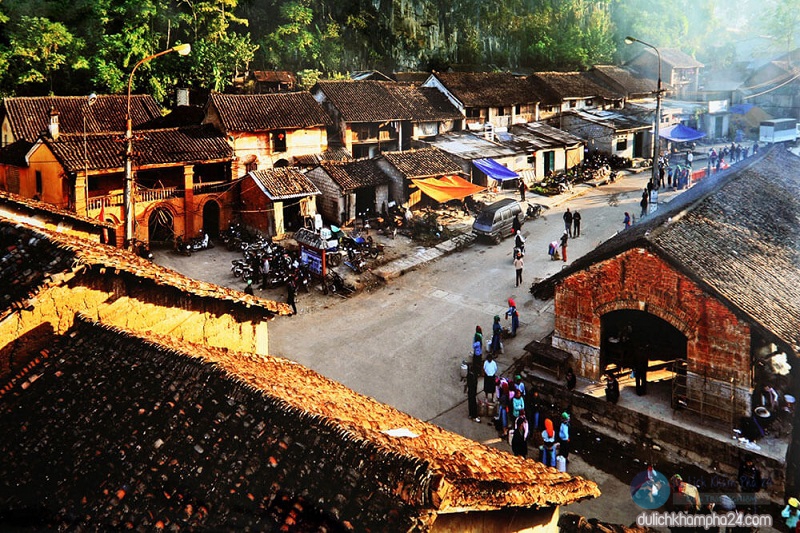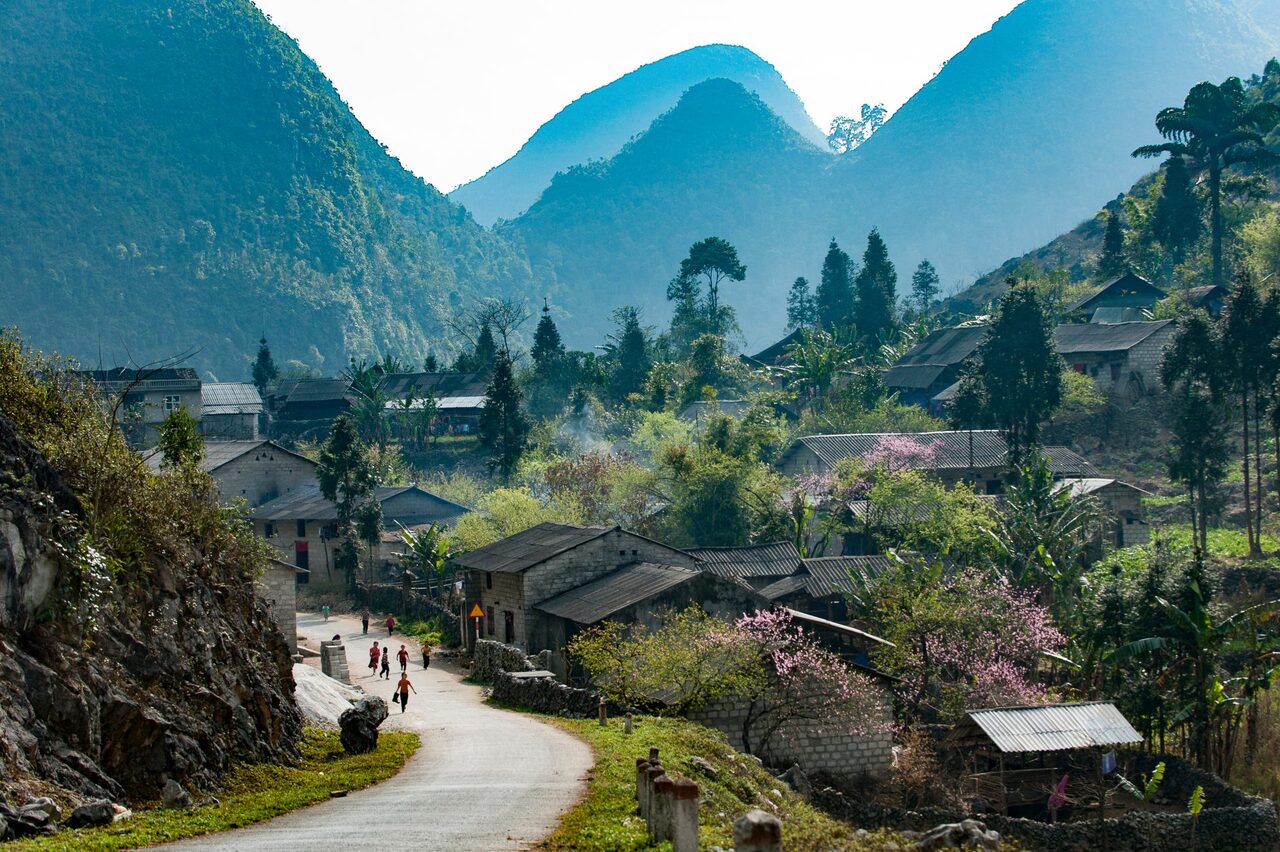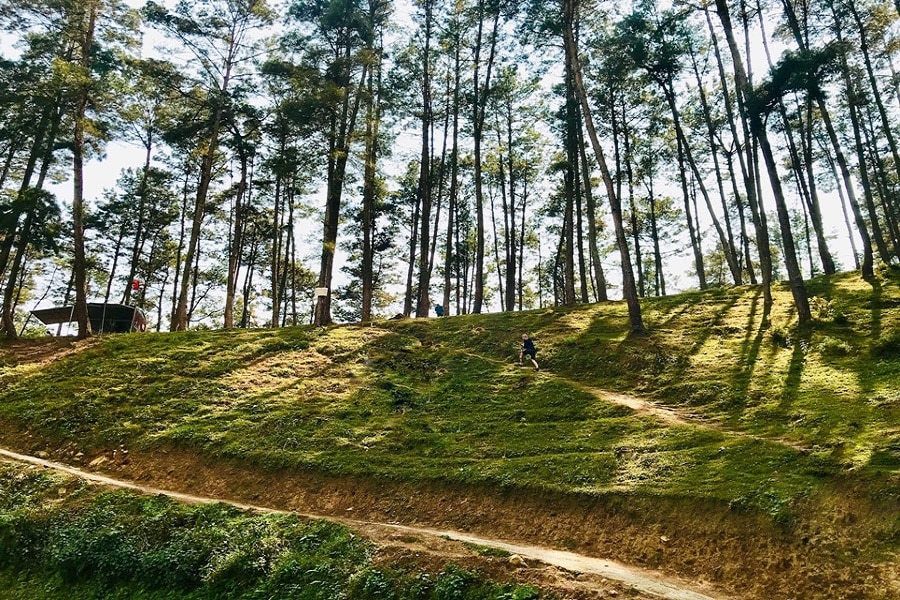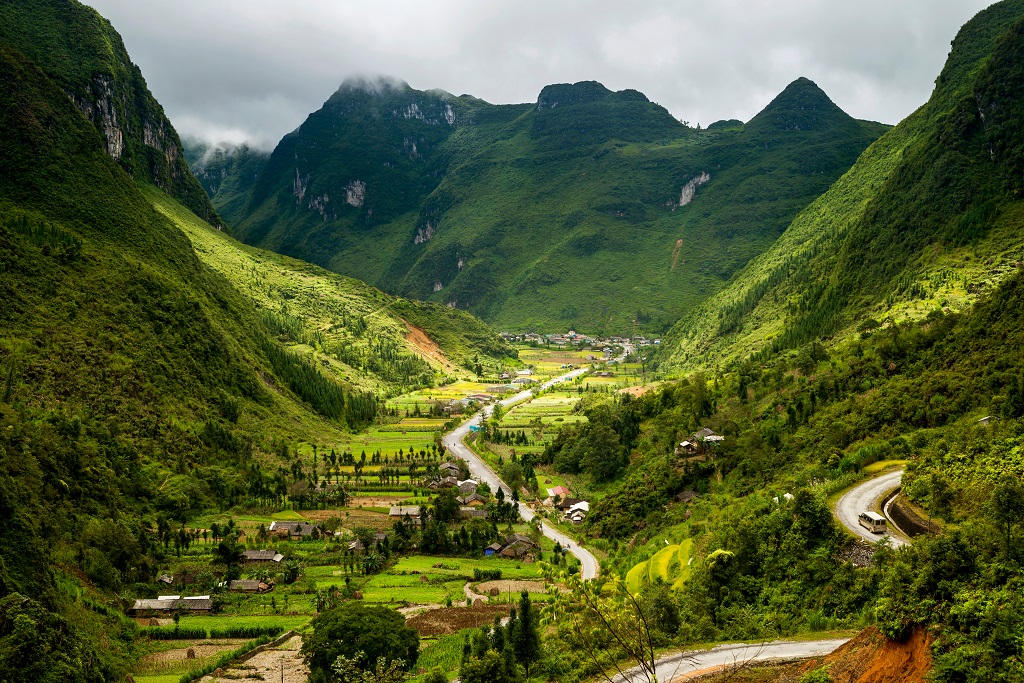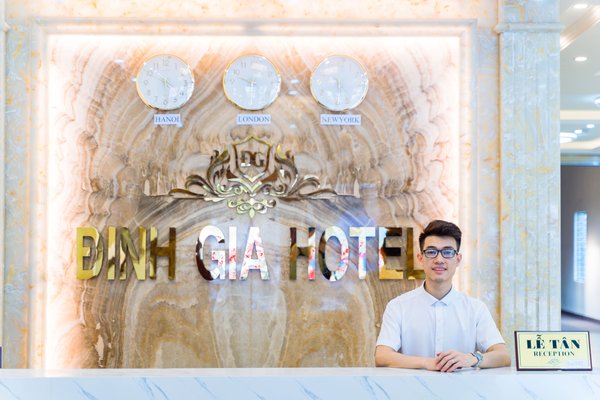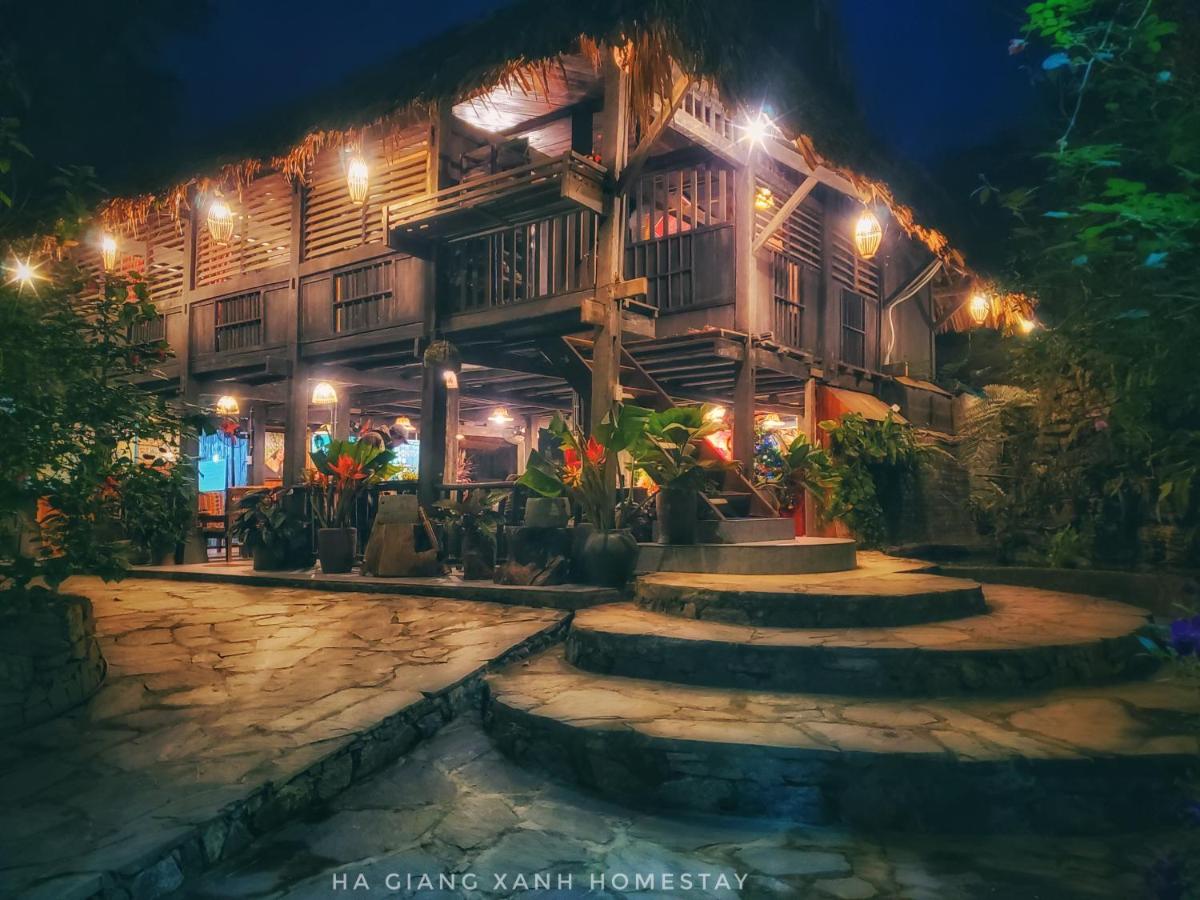The King Meo Mansion, also known as the Vuong Family Mansion, is located in Sa Phin valley, Lung Phin commune, Dong Van district, Ha Giang province, about 125km from the city center and from the Dong Stone Plateau. Famous Van is only 15km away. This ancient house is associated with the life and career of two Mong father and son, King Meo Vuong Chinh Duc and Vuong Chi Sinh (or Vuong Chi Thanh). Mr. Vuong Chinh Duc (1886 - 1962) was the head of the feudal land government in the mountainous areas of the Mong people, so he was also known by the powerful name of King Meo. His son, who followed the revolutionary path, thanks to his contributions to the country, was elected as a National Assembly deputy for the first two terms. Construction began in 1898 and was officially completed in 1907, costing a huge sum of 150,000 Indochina white silver coins, equivalent to 150 billion VND today. The mansion was designed and built by Chinese Yunnan workers in conjunction with Mong ethnic people, creating a project larger than 1200m2 on an area of about 3000m2. Thanks to its long history and indisputable cultural value, King Cat Palace was ranked a national monument by the Ministry of Culture, Sports and Tourism in 1993, after nearly a century of existence. In addition, this mansion also took up to 5 years to start construction because it was all built with human power and did not use any mechanical means. King Cat's mansion is located at the foot of a valley surrounded above by a high land. With this type of terrain, the entire structure is protected by mountain arcs called turtle shell positions, providing very good defense support during times of fierce war. After more than a hundred years of existence, everything in the mansion is still as intact as the first day, creating excitement for everyone who comes here to check prices at least once in their life. The architecture inside the mansion is extremely unique, the crystallization of three different cultures including the Mong, French and Chinese. The project includes 4 horizontal houses, 6 vertical houses divided into 3 areas: front palace (for guards and slaves), middle palace and rear palace (place to live and work) with 64 small rooms divided into 2 floors. . To meet the criteria of solidity, the builders used green stone to help the mansion stand firm against enemies and time. The roofs, walls and pillars are made of wood to add majesty and flexibility to the rooms. Another material used is terracotta for building tile roofs to make shaping easier but no less sturdy. To this day, the Cat King Palace is one of the few buildings that meets all the requirements for a place to live, work and become a defense base whenever a war occurs. Despite the combination of three cultures in architecture, many people commented that the Vuong family mansion is extremely harmonious, flexible and rhythmic as if forming a unified block without being restrictive or forced. In addition, although it is a project built on a land area of up to 3,000 square meters, the mansion is not as large or massive as many people imagine because it is composed of small subdivisions, with a simple, rusticity of folk architectural culture. The design with the principle of low inside and high outside makes the overall mansion even closer to the surrounding landscape. In general, most of the furniture and items associated with King Cat when he was alive have been kept and well preserved until today. Only a few chairs and wooden furniture were made of stone pine, which was later replaced by our government with ironwood and crushed wood to prevent it from gradually disappearing over time. The wooden structures have a rich local cultural identity by carving native flower patterns such as peaches, poppies... The pillars are crafted to resemble the fruit of the opium poppy, a plant that King Cat does business to make money to build a mansion. Some Western-influenced items in this project include a stone goat milk bathtub, glass shutters next to the fireplace, and the entrance is made of marble connected by a frame. Iron flowers are bold in French architecture. Existing with the unique architecture of the Cat King Mansion are surrounding stories that have been passed down from the time it was built until later. Legend has it that the original residence of King Meo Vuong Duc Chinh was in a high mountain foot next to a large canyon. With a subordinate's suggestion that the place did not conform to feng shui, the Vuong family listened and found a teacher who understood astronomy and geography to quickly find a place with both favorable terrain and good feng shui. He sent soldiers to China to invite Truong Chieu, a man who was good at reading physiognomy to build houses, to come find a location to build a mansion. After a period of careful consideration, he chose Sa Phin as the new residence for the Cat King. Truong Chieu asserted that what is surrounded by Sa Phin valley is a turtle-shaped hill, built on the turtle's back will bring wealth and prosperity, and is also the land where heroes gather. Another mysterious anecdote related to the King Cat Mansion was during the time of Vuong Chi Sinh's son. The entire Wang family was bewitched by a Han feng shui master, to the point that there was almost no one to continue the family line. Accordingly, when the Cat King was alive, he suffered from back pain and tried many miracle doctors and four-way remedies without success. A Han teacher said that his father's grave was buried on the back of a dragon, which was a sin, so his superiors reprimanded him. Believing the words, the Cat King moved the tomb to another location, suspecting that the Han people were playing a bad role and making up stories to harm him. Because of breaking the taboo, the Cat King's first wives were unable to have children. Only the fourth wife gave birth to a son, named Vuong Duy Tho.
Ha Giang 1835 view From January to December
Ngày cập nhật : 06/03/2023


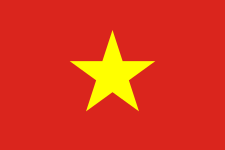 vn
vn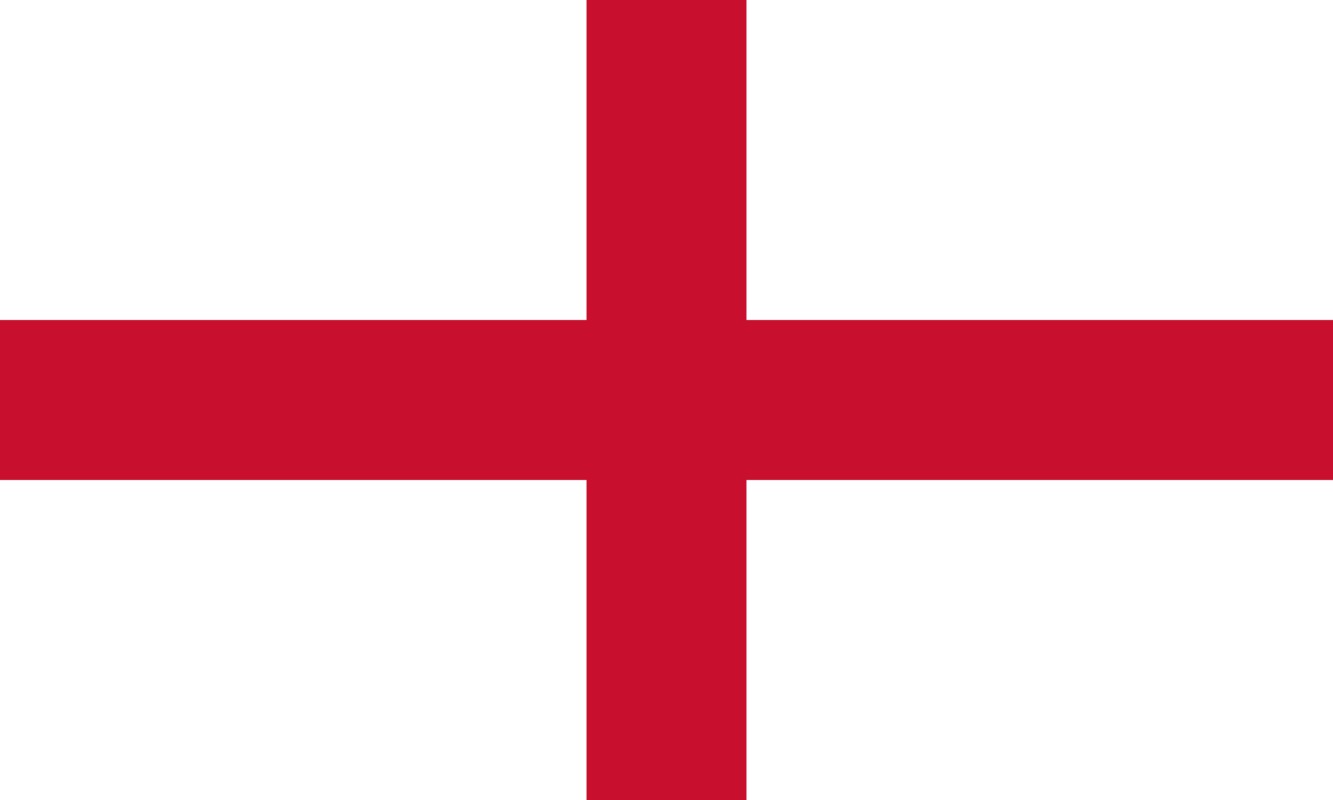 en
en ja
ja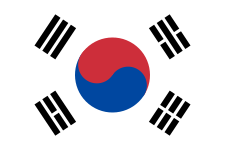 ko
ko zh
zh


















